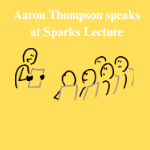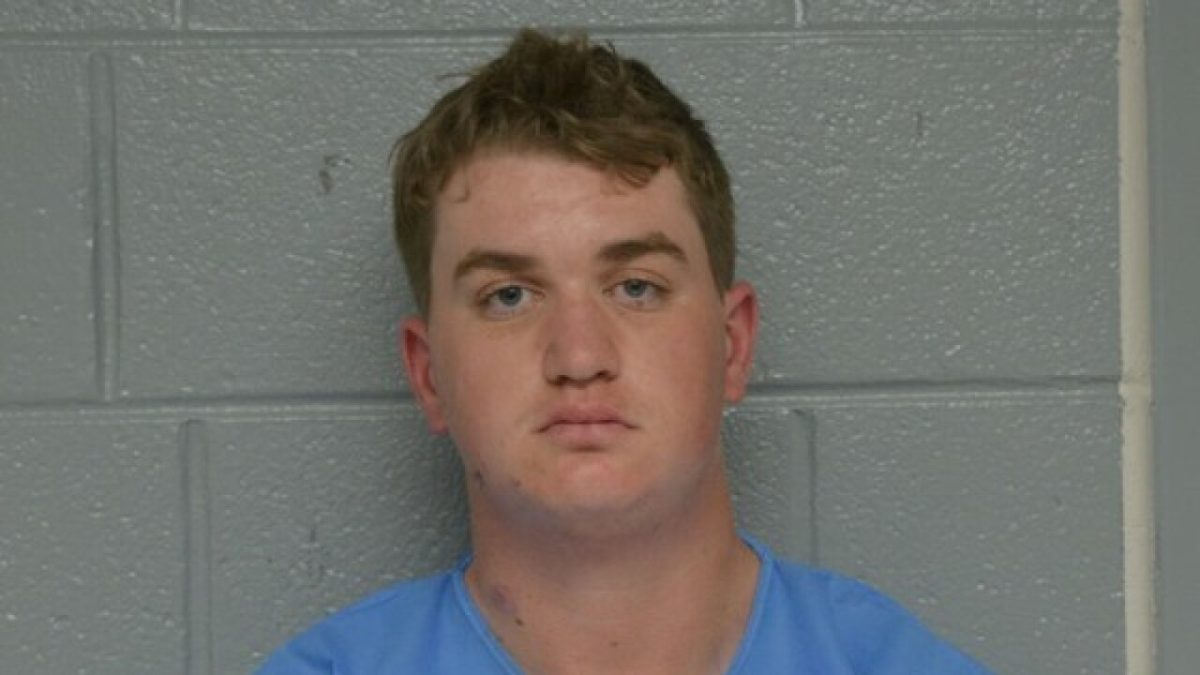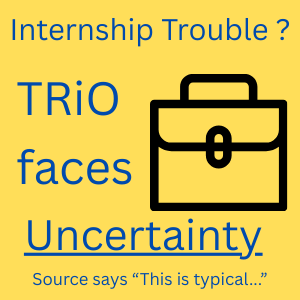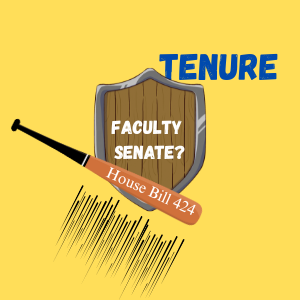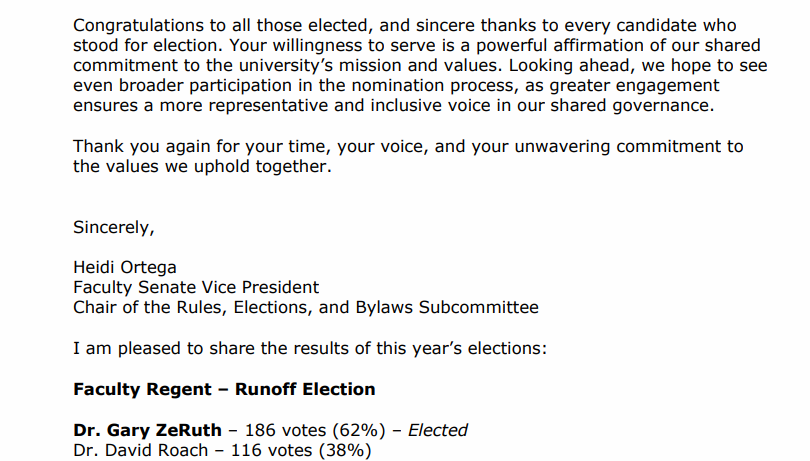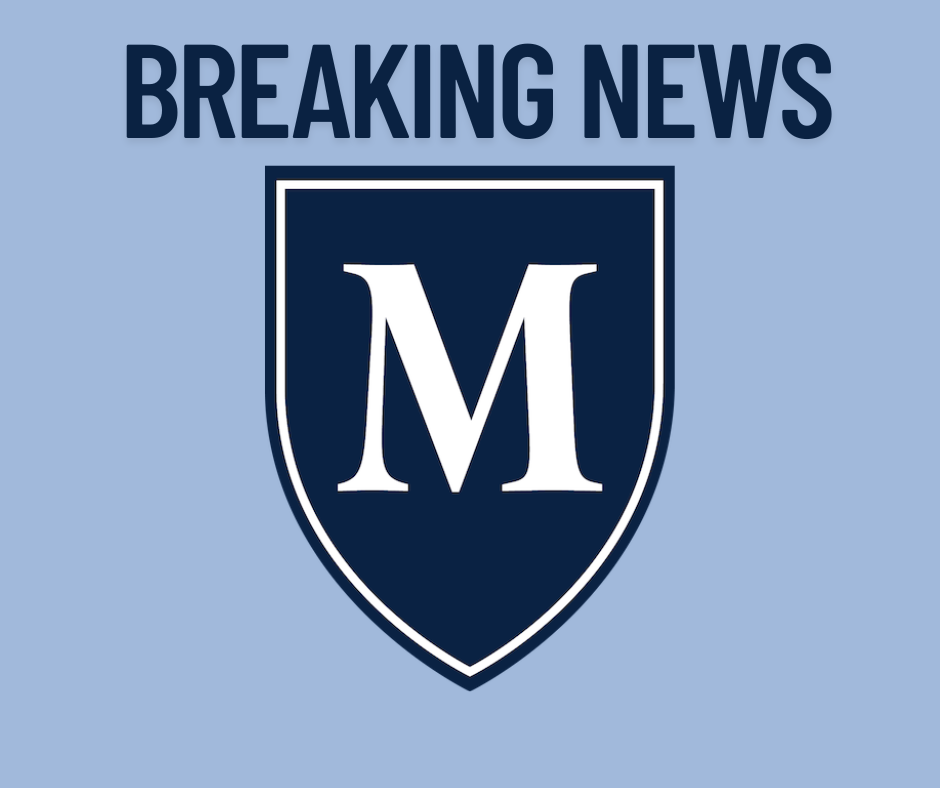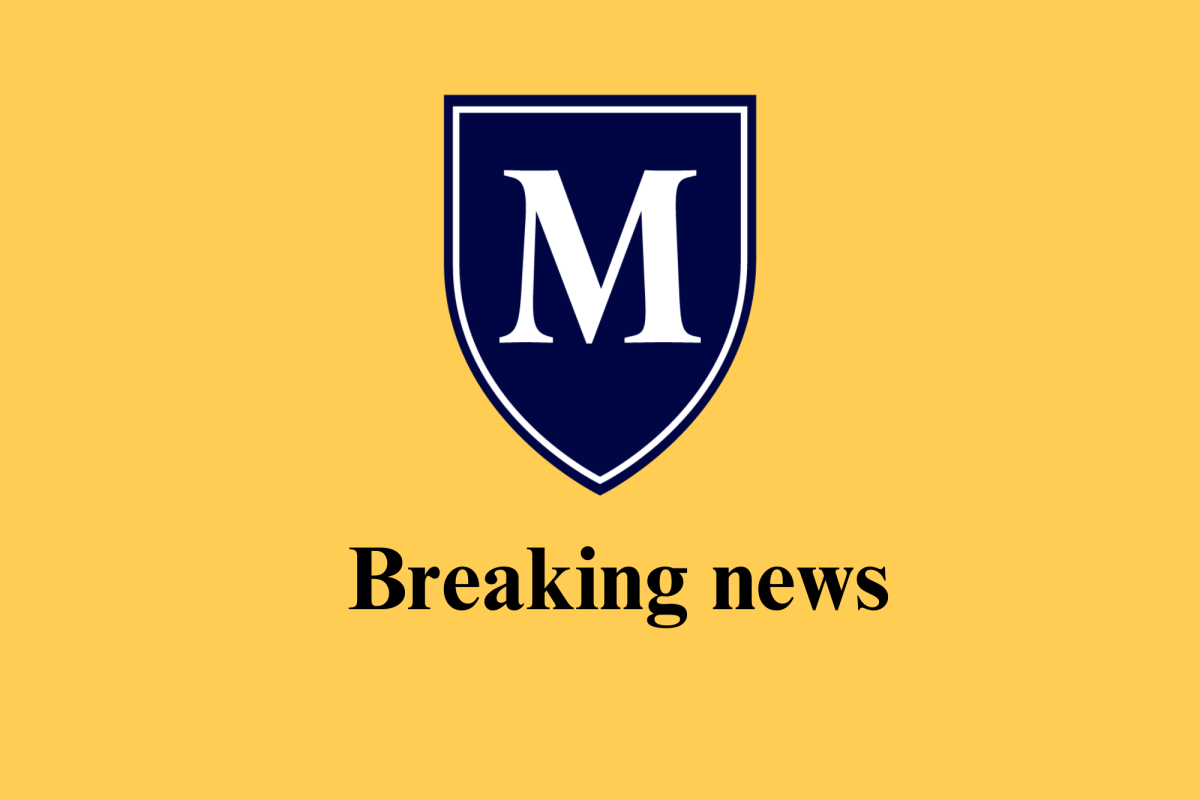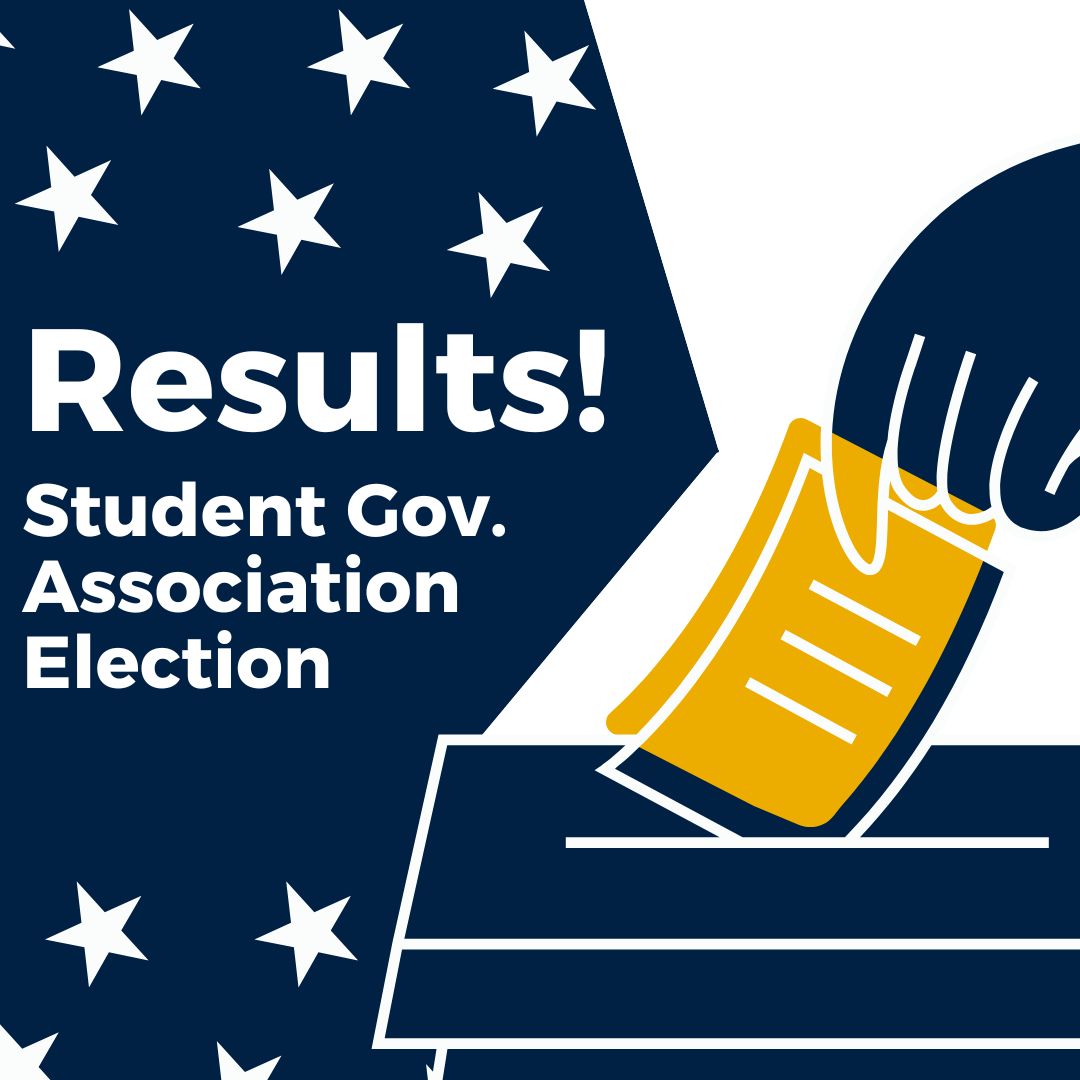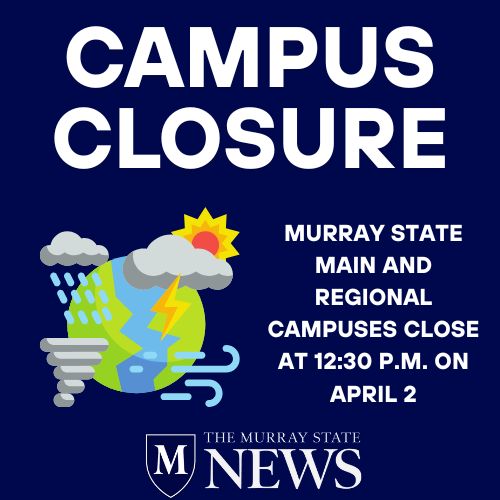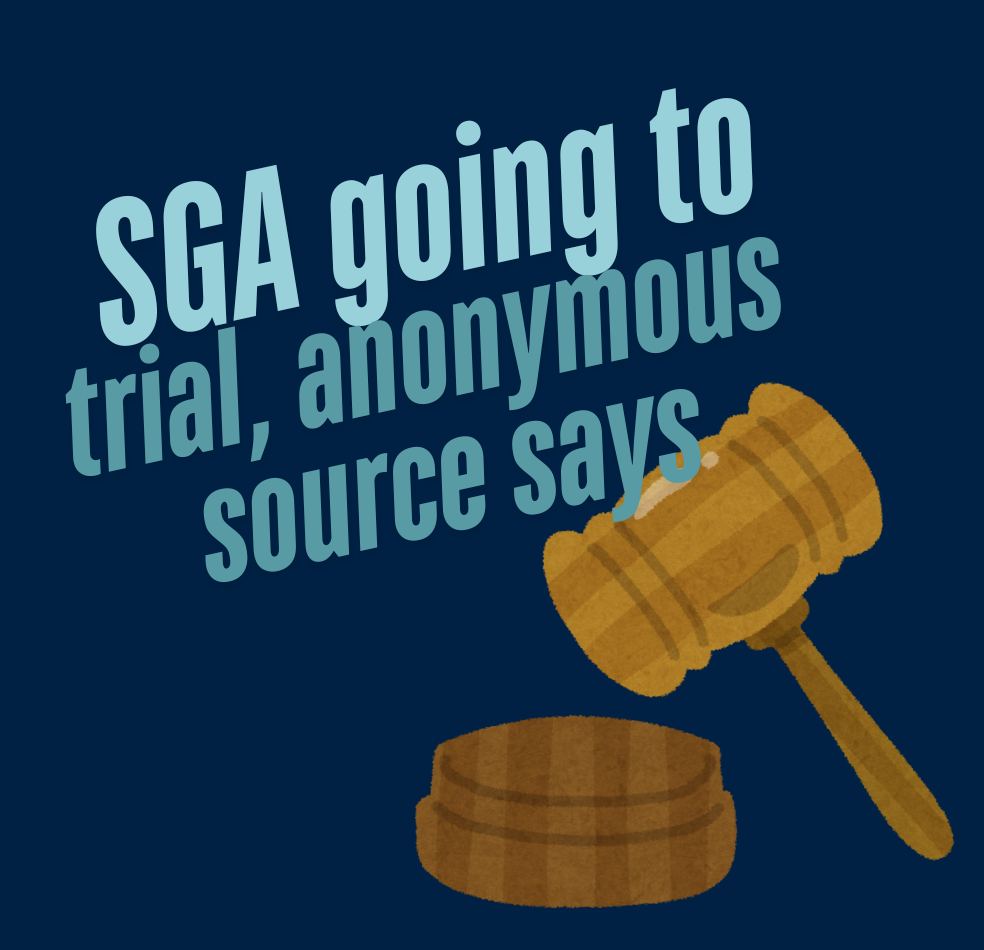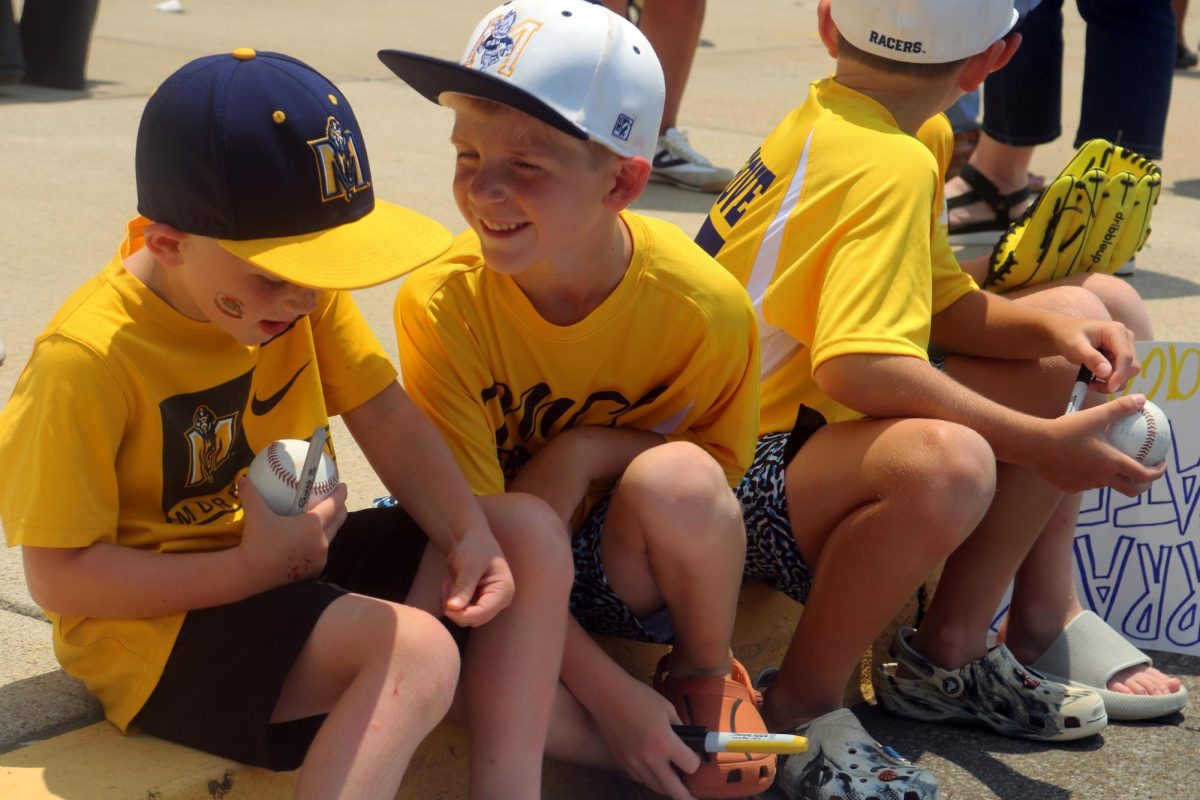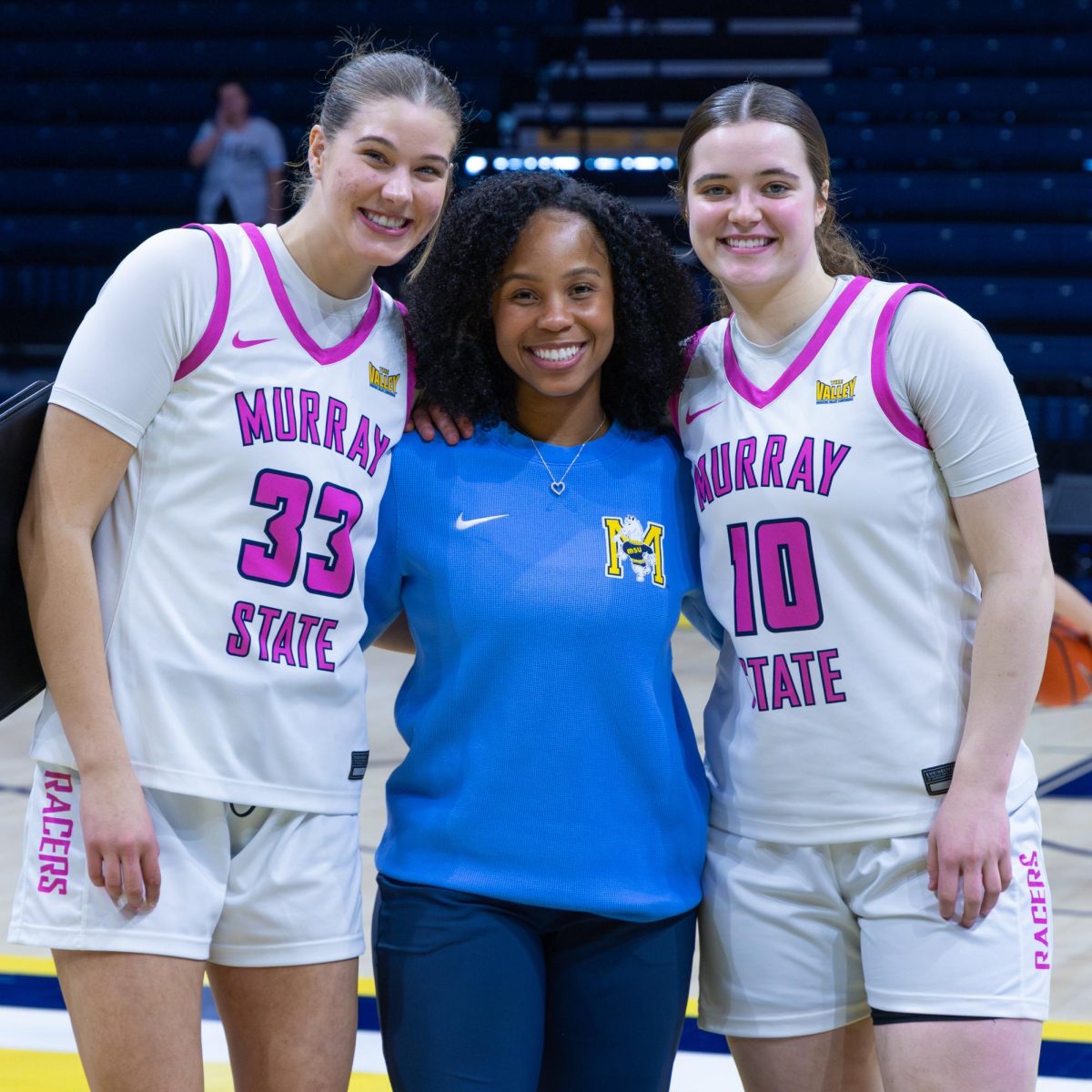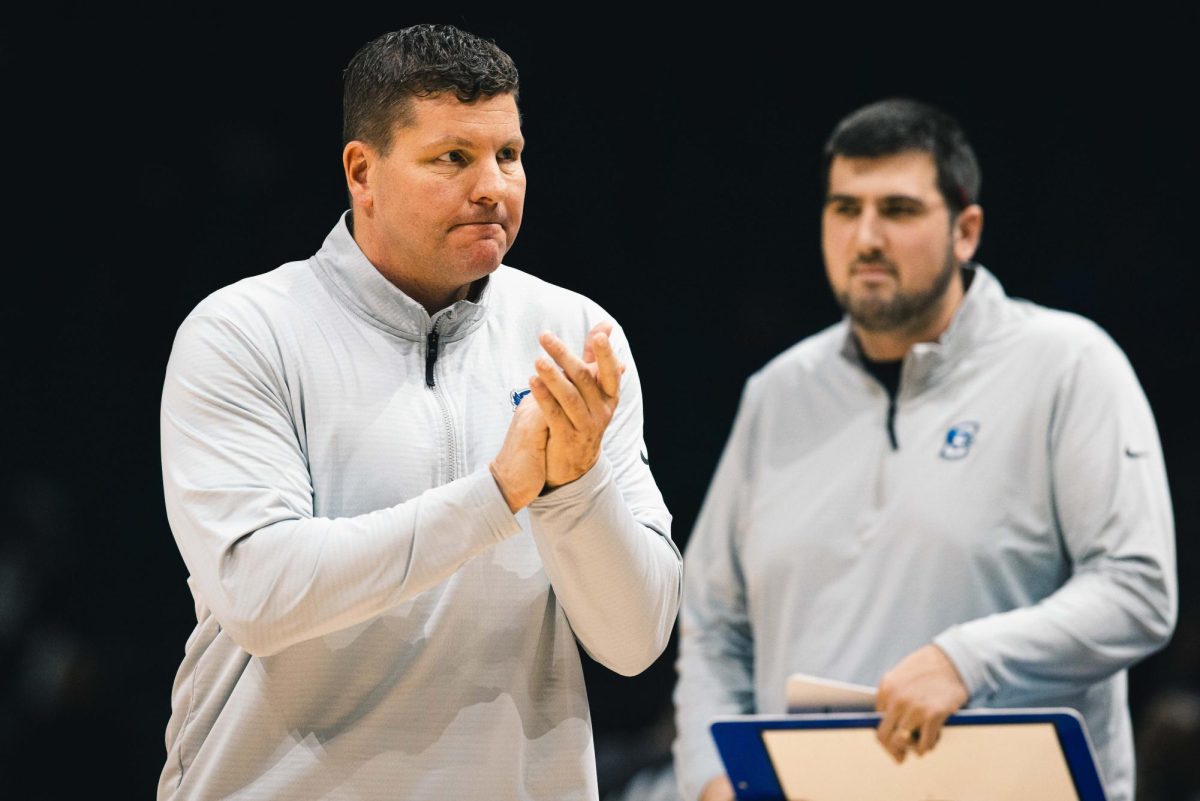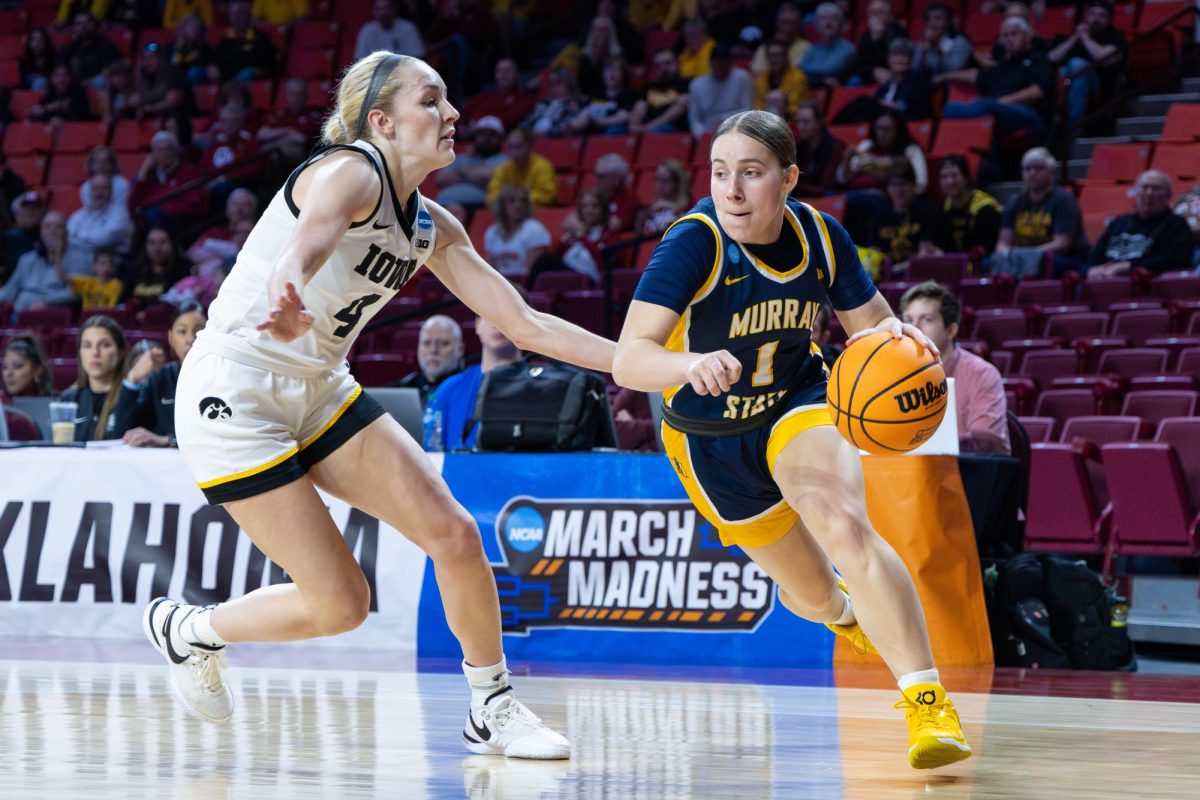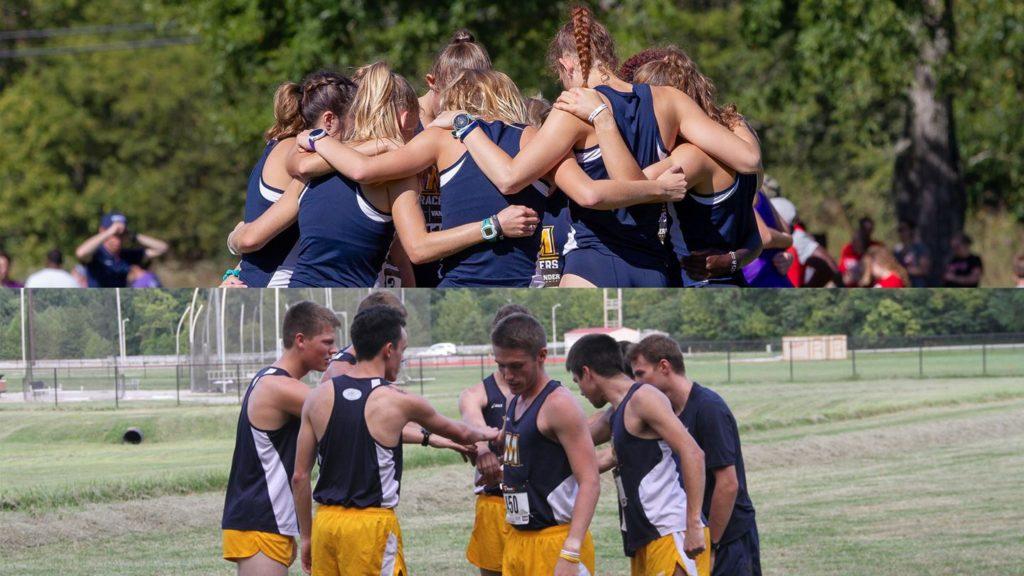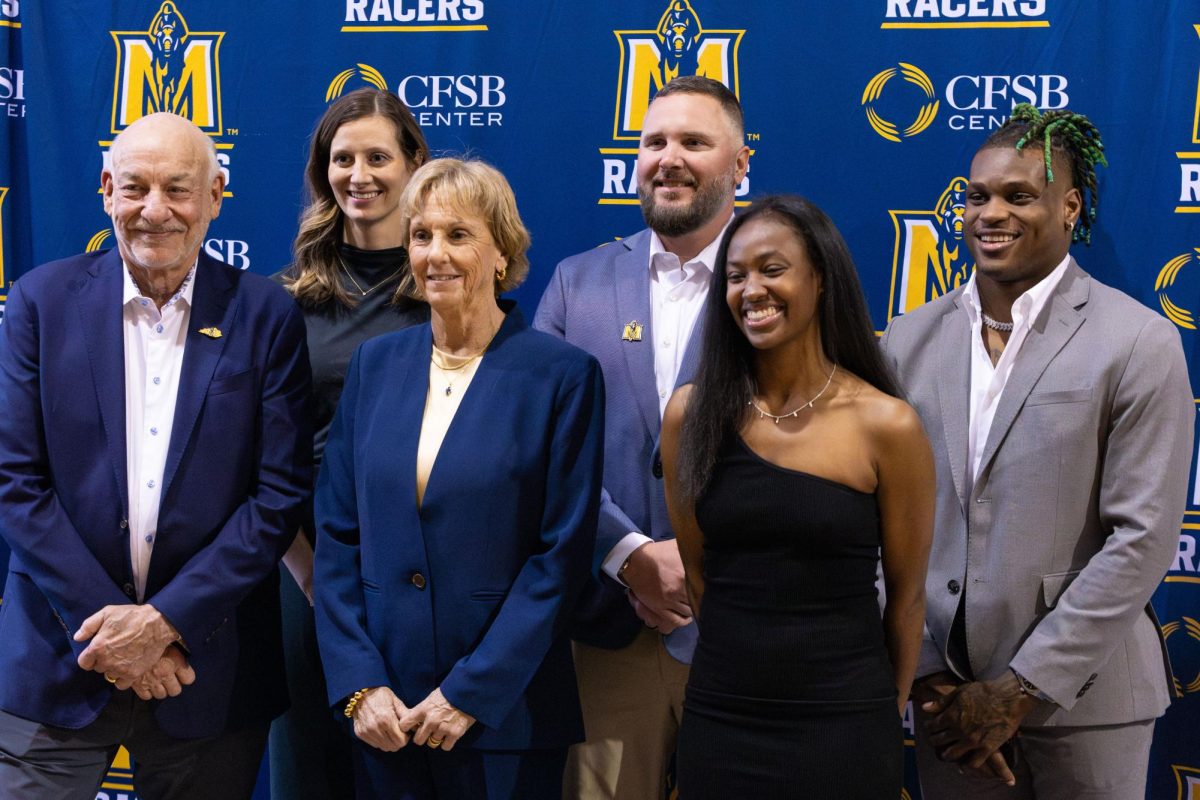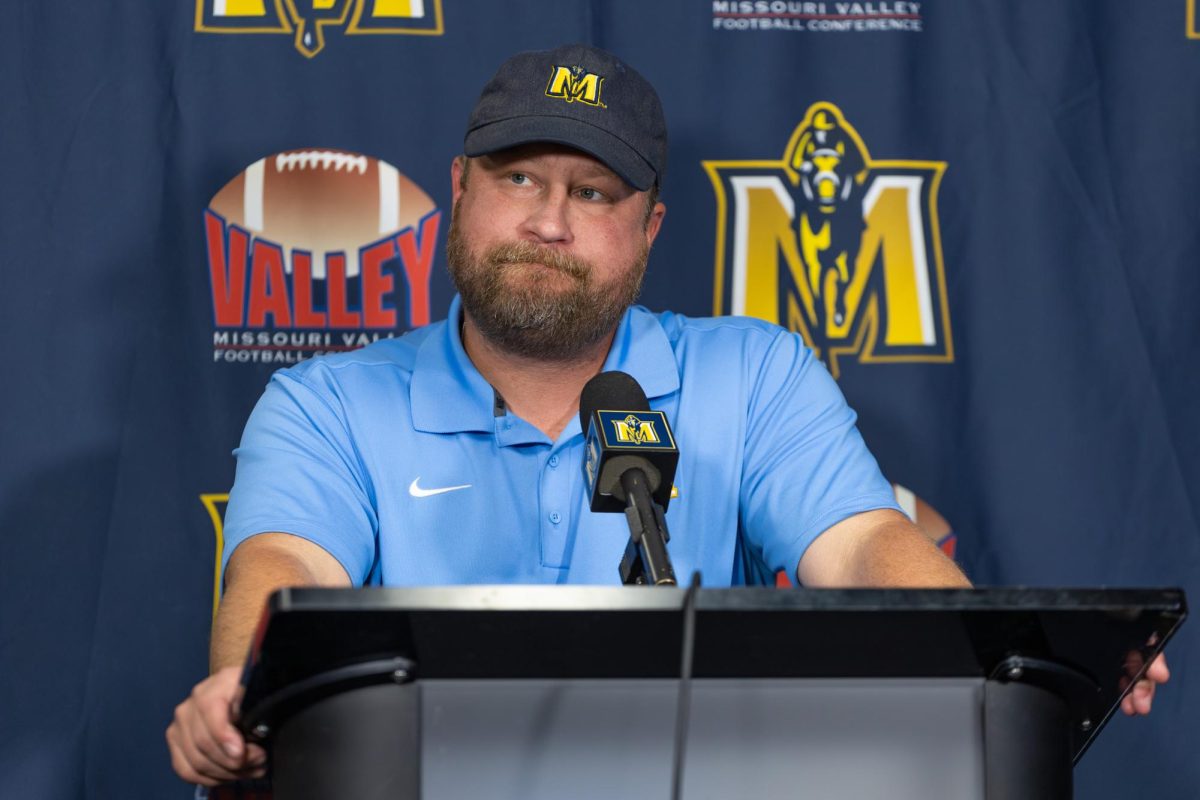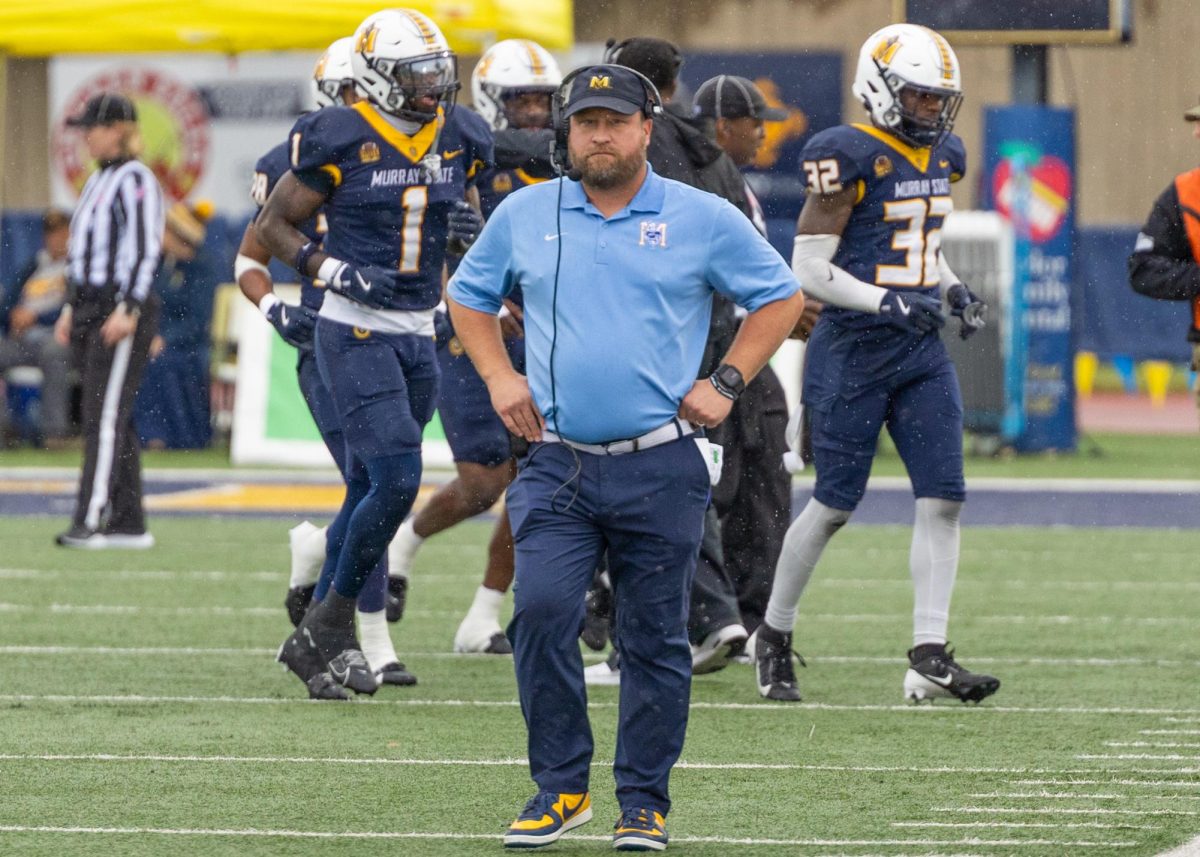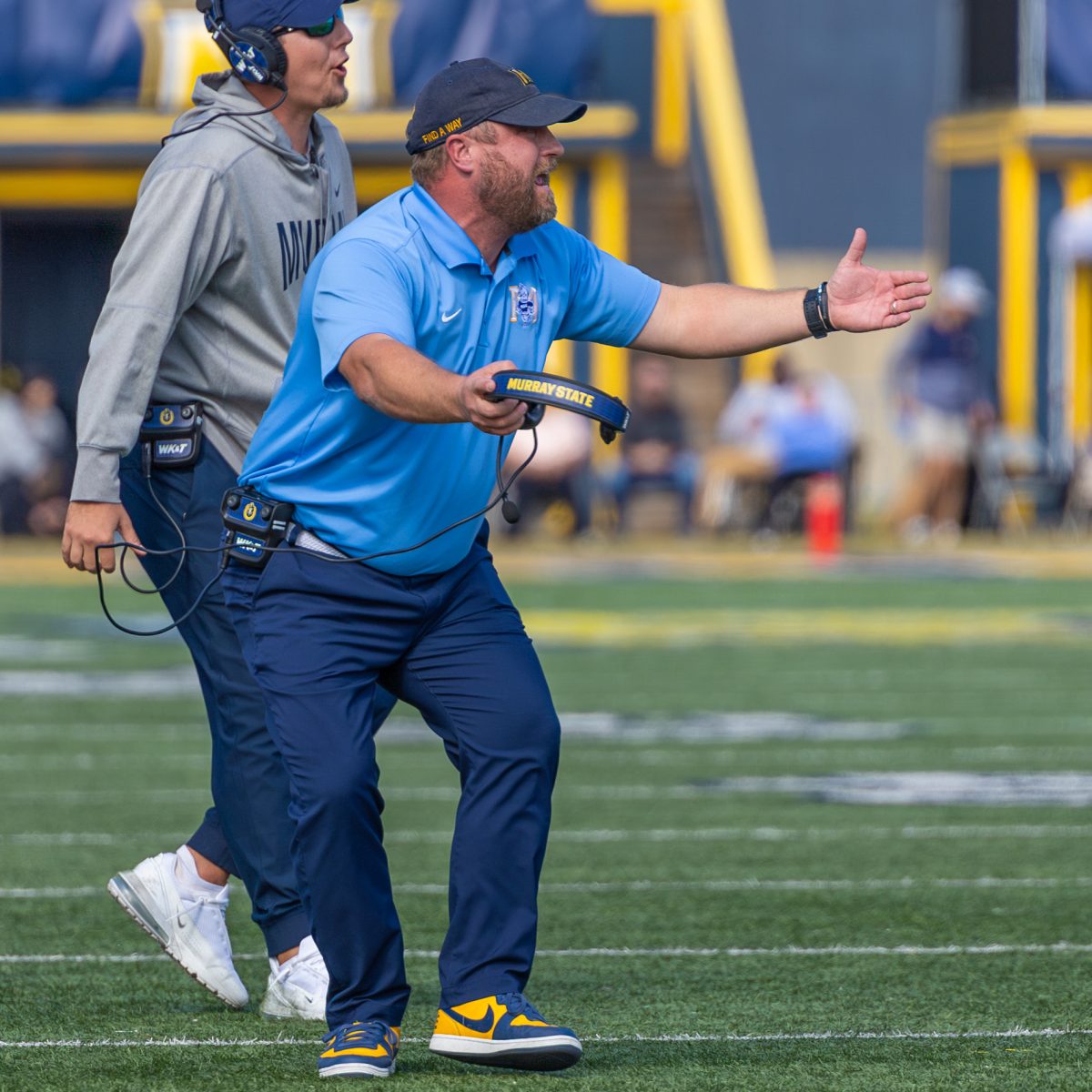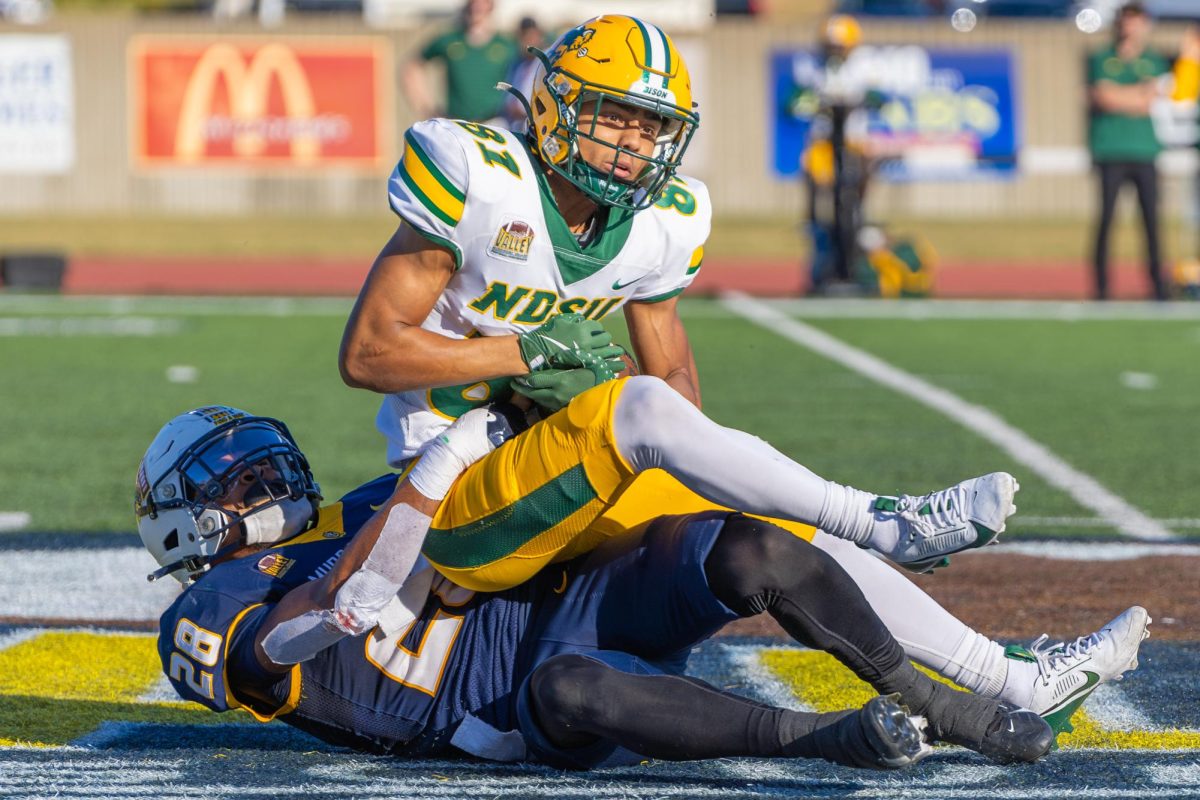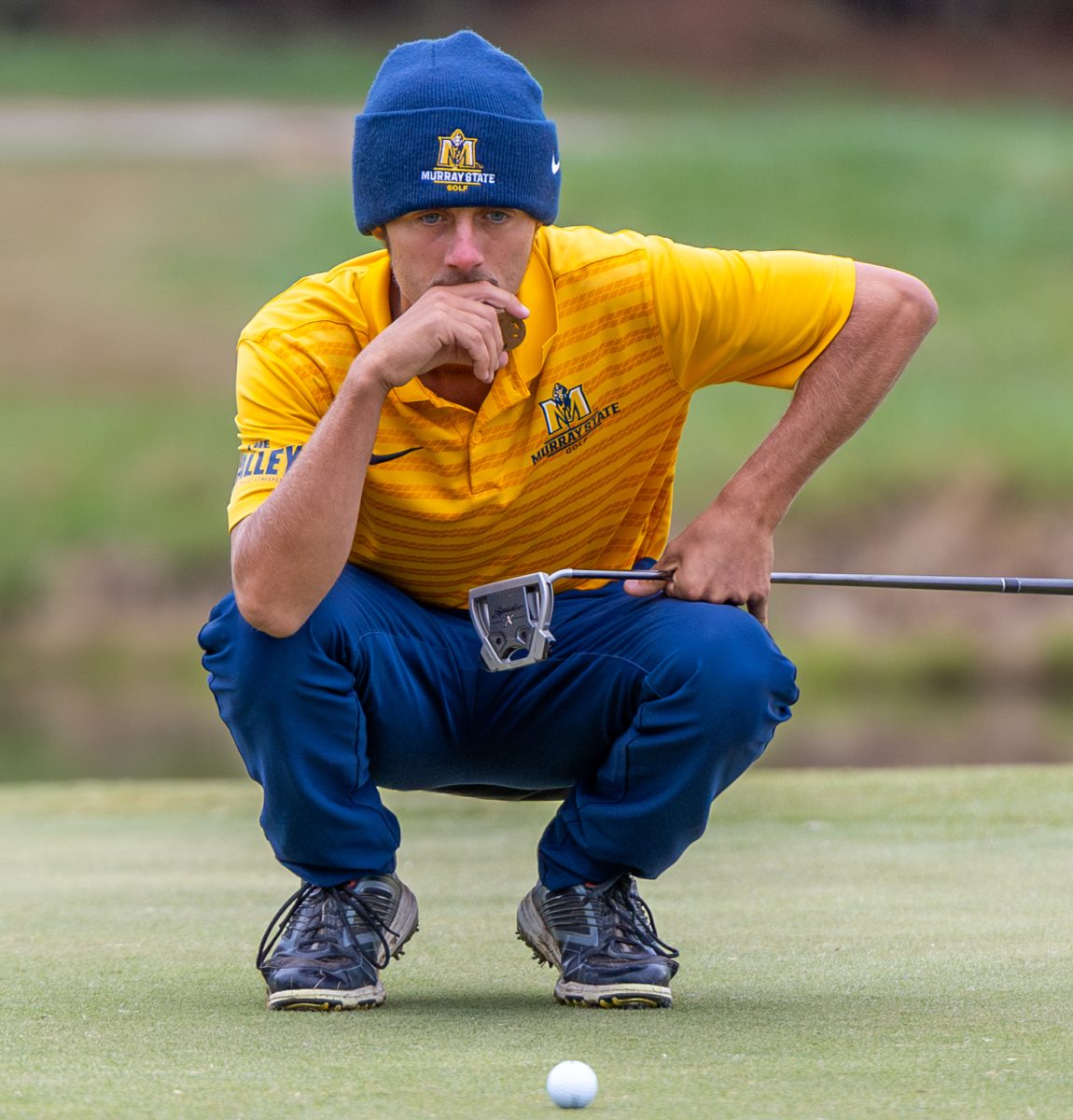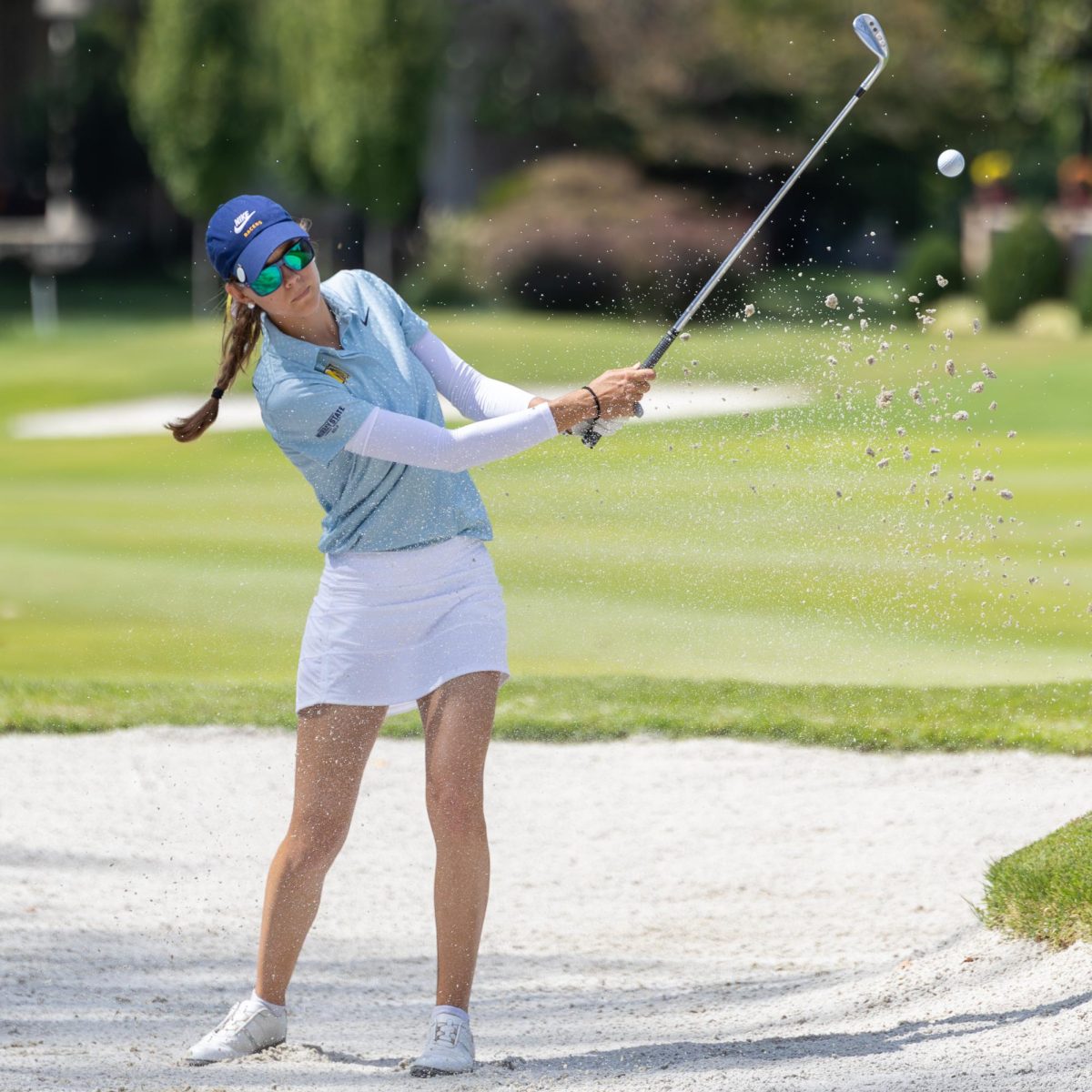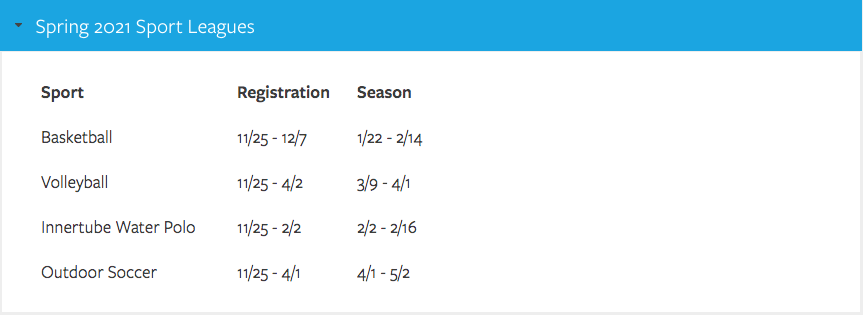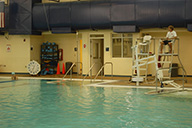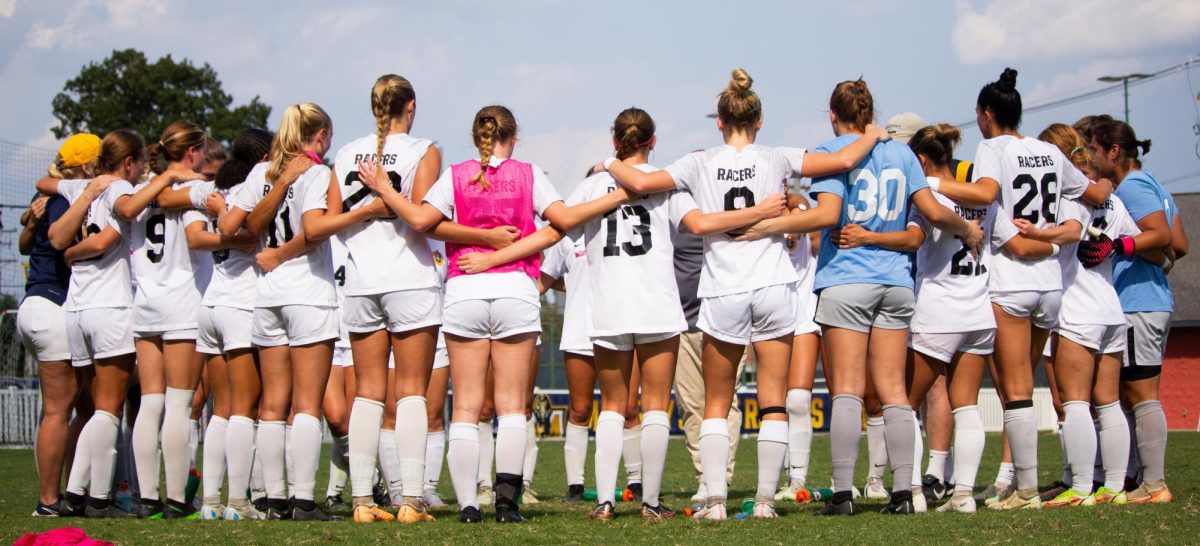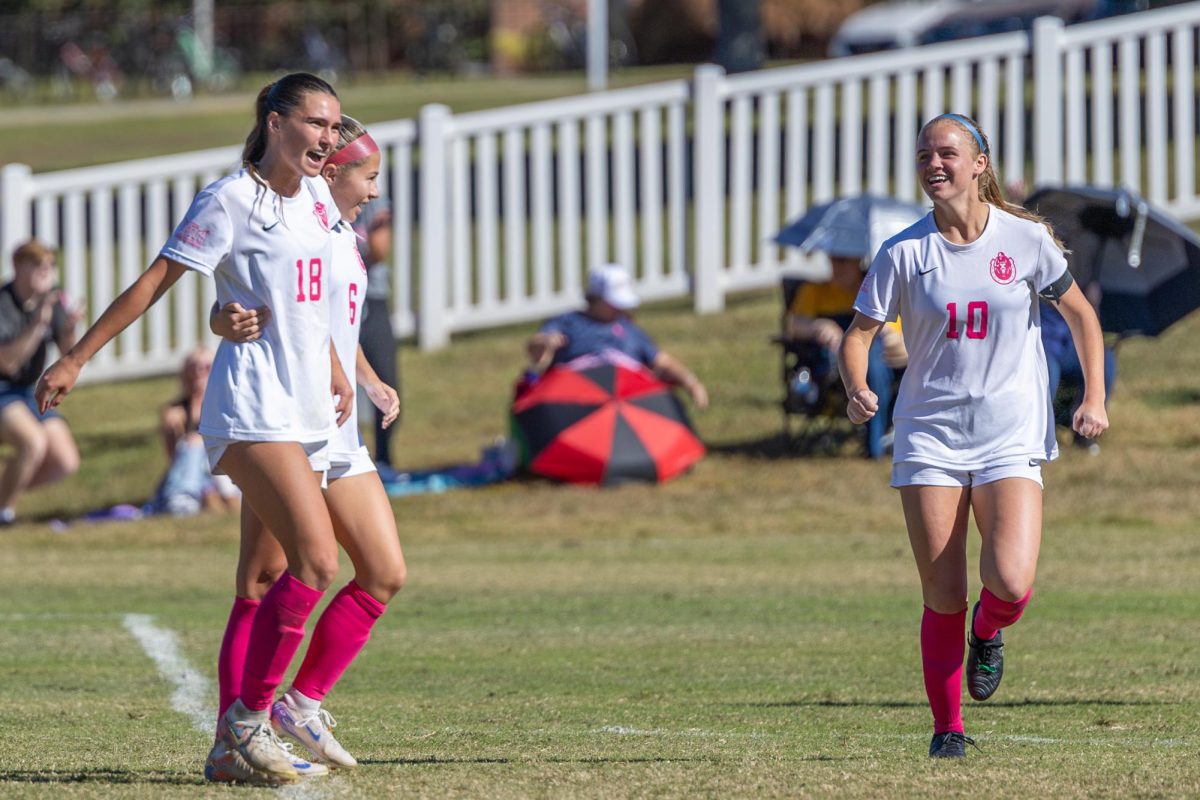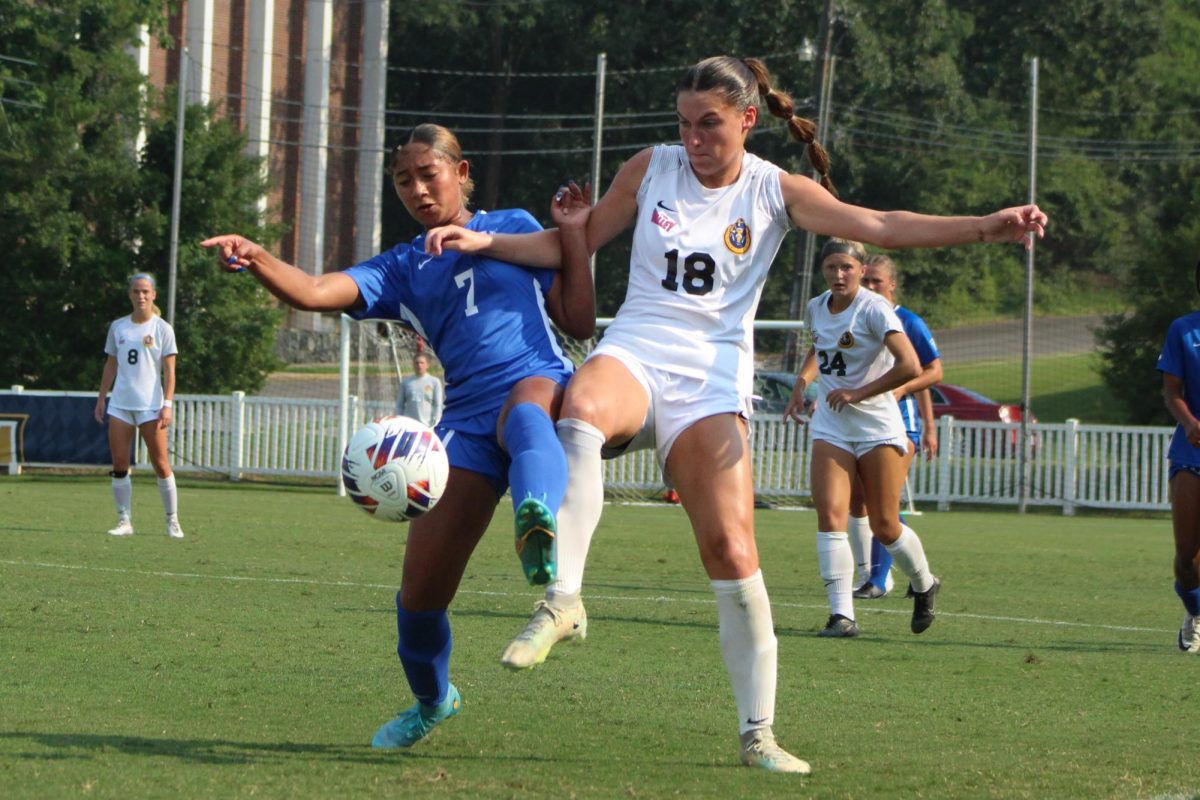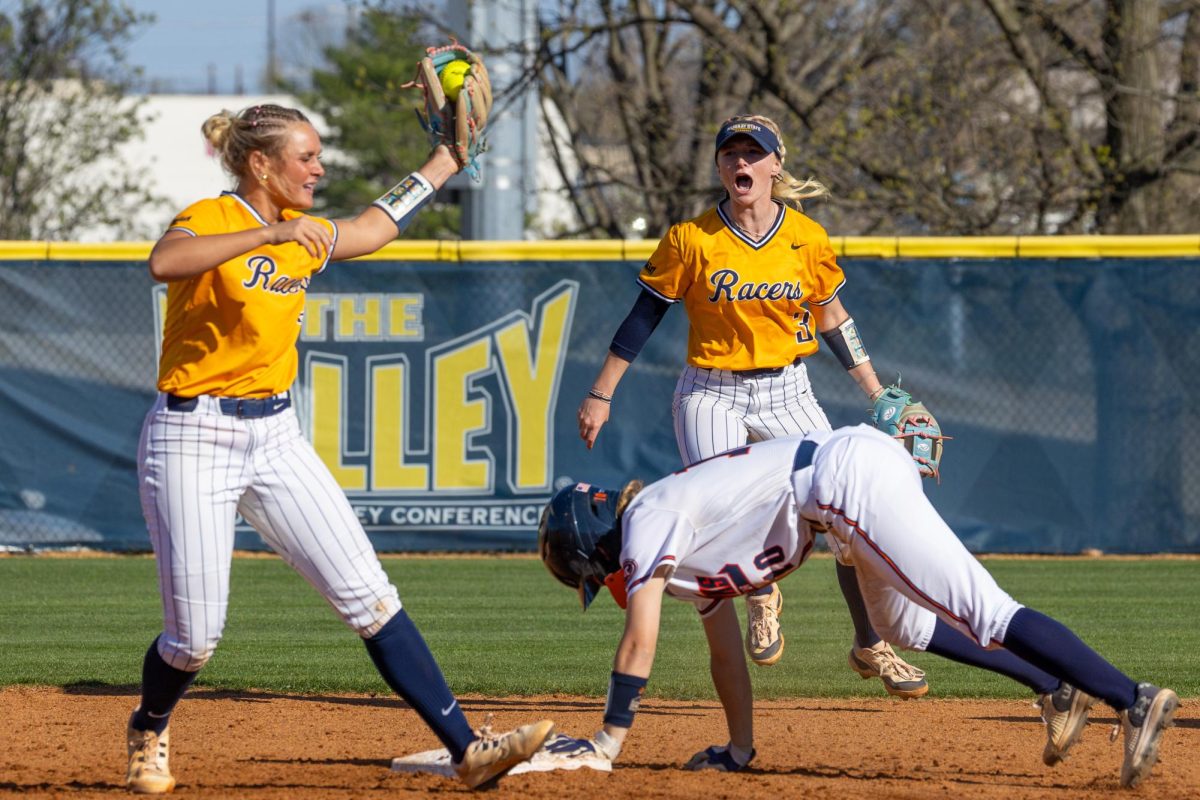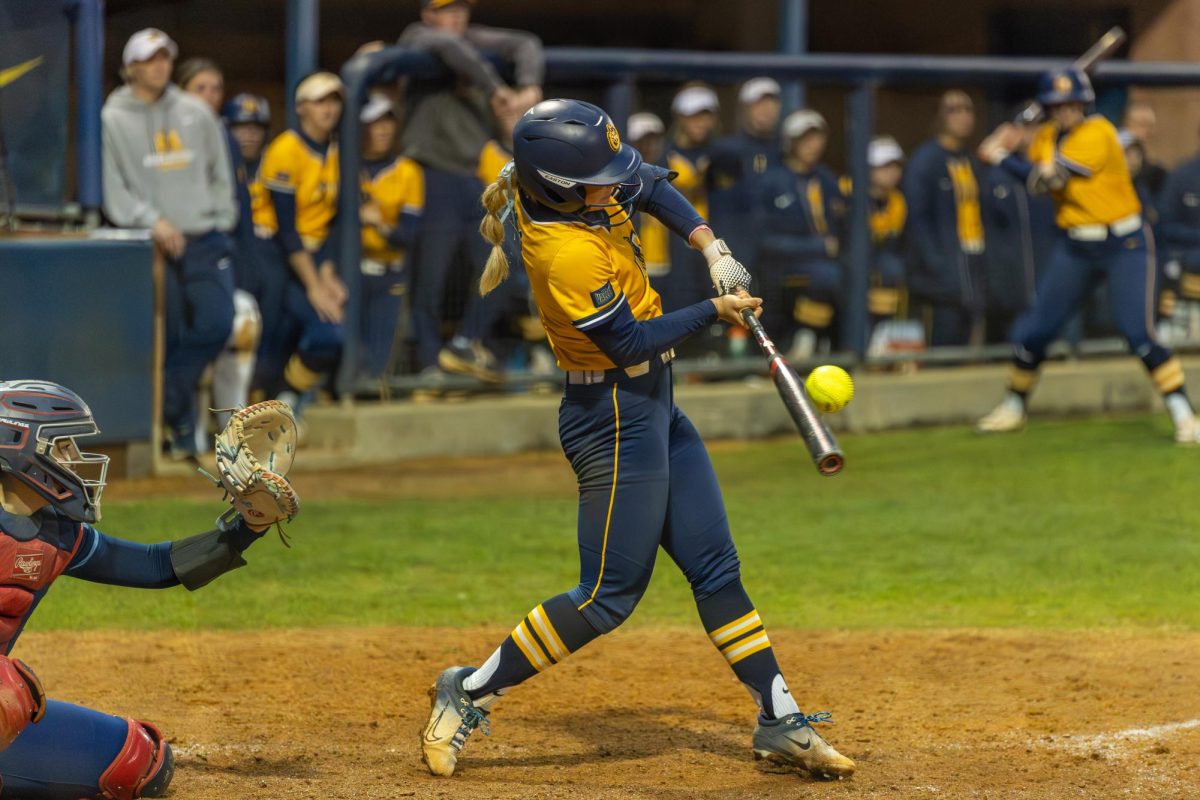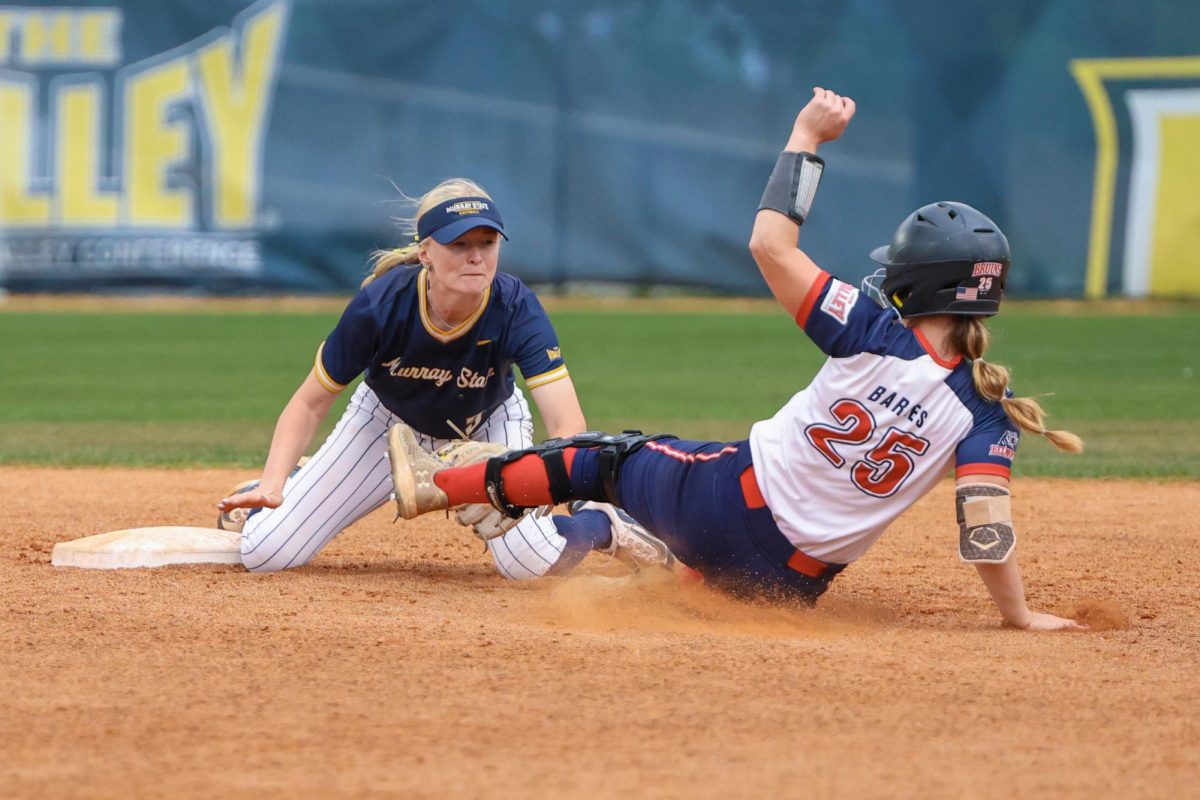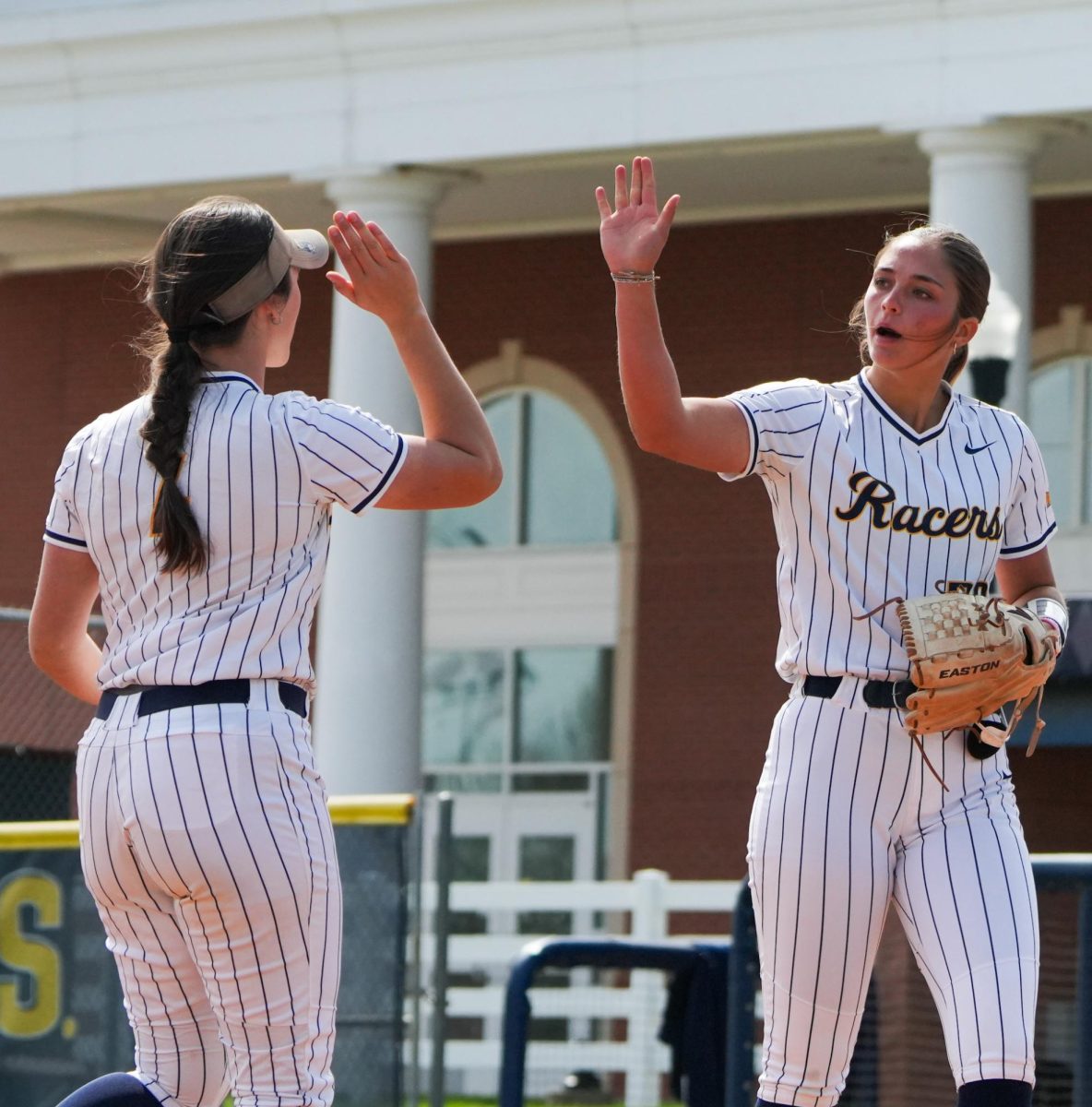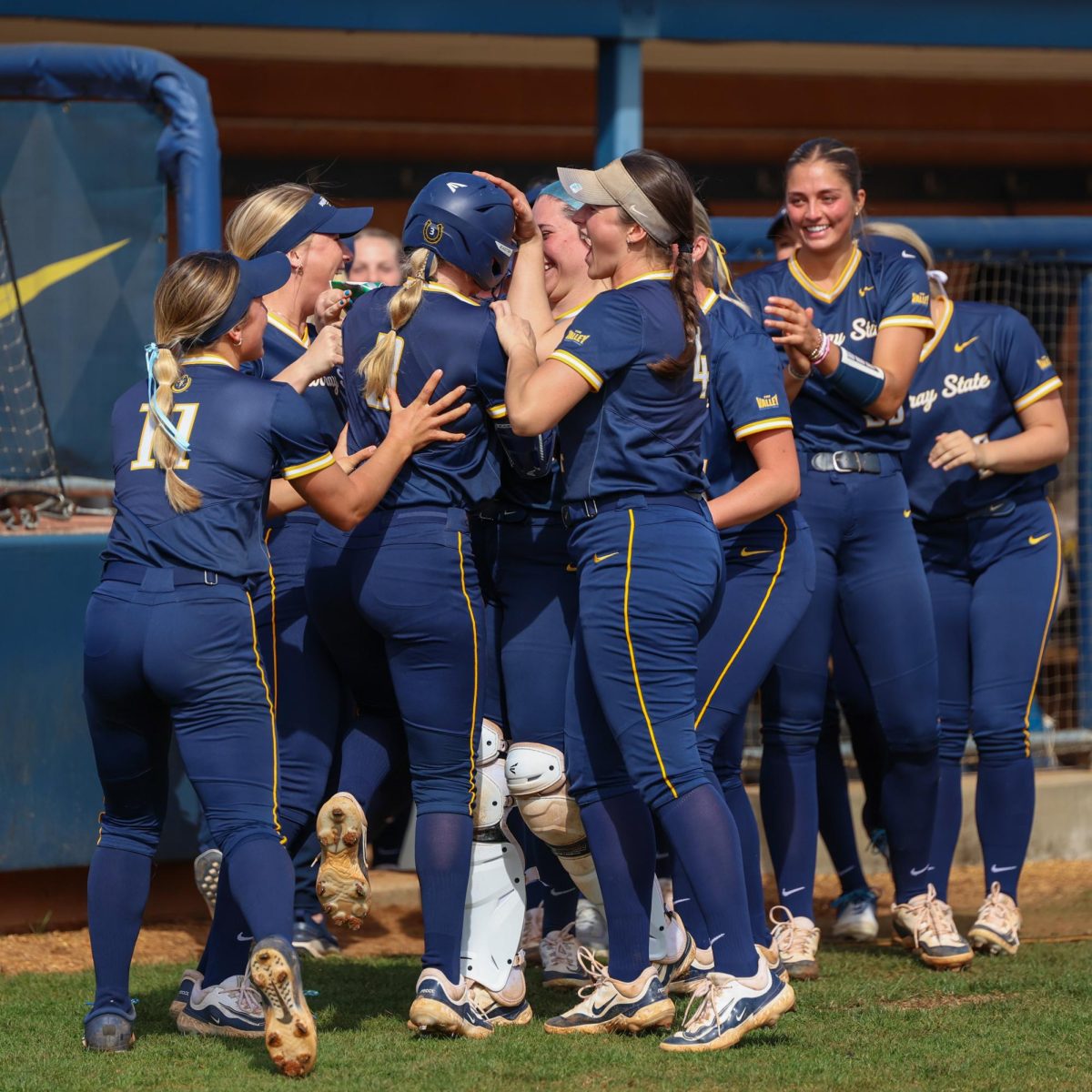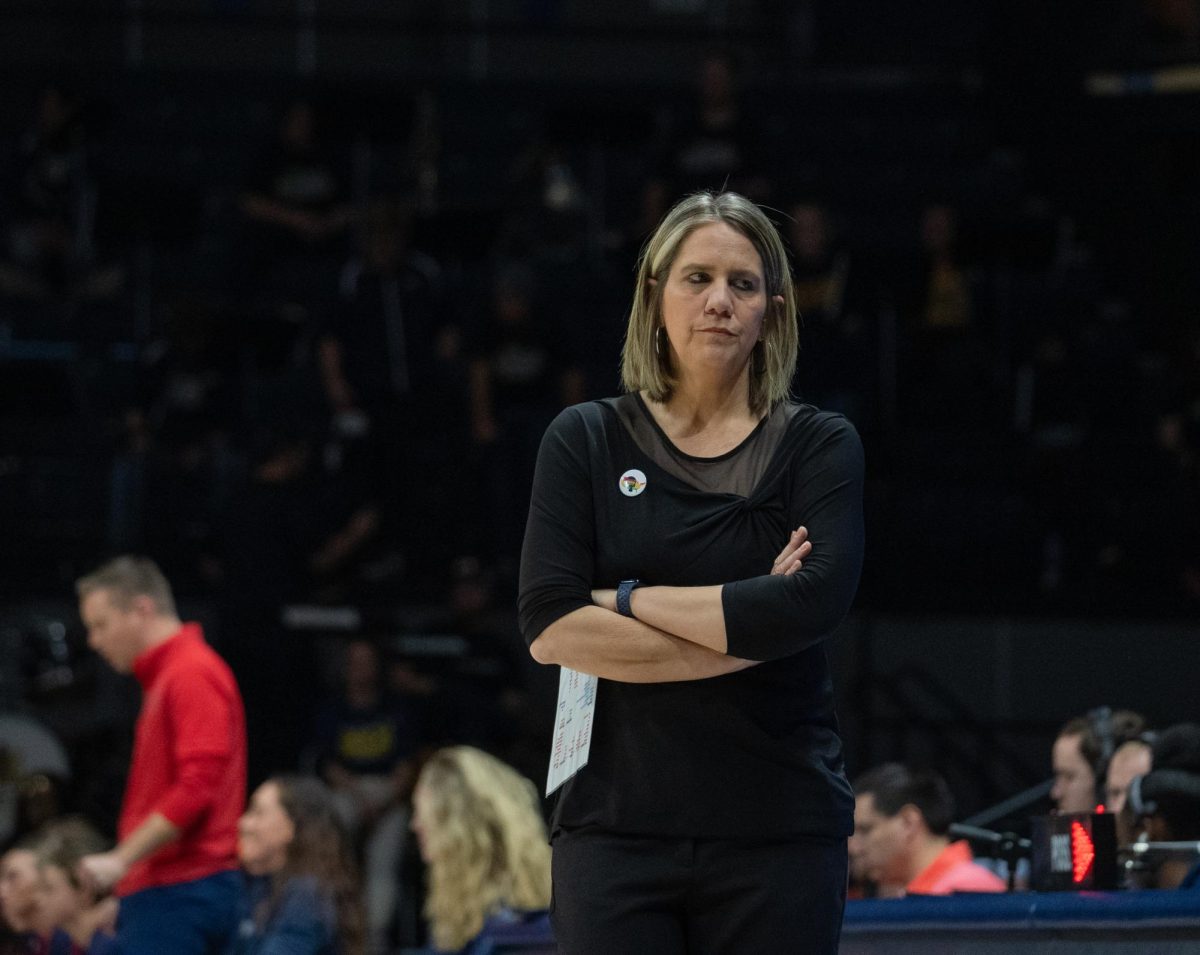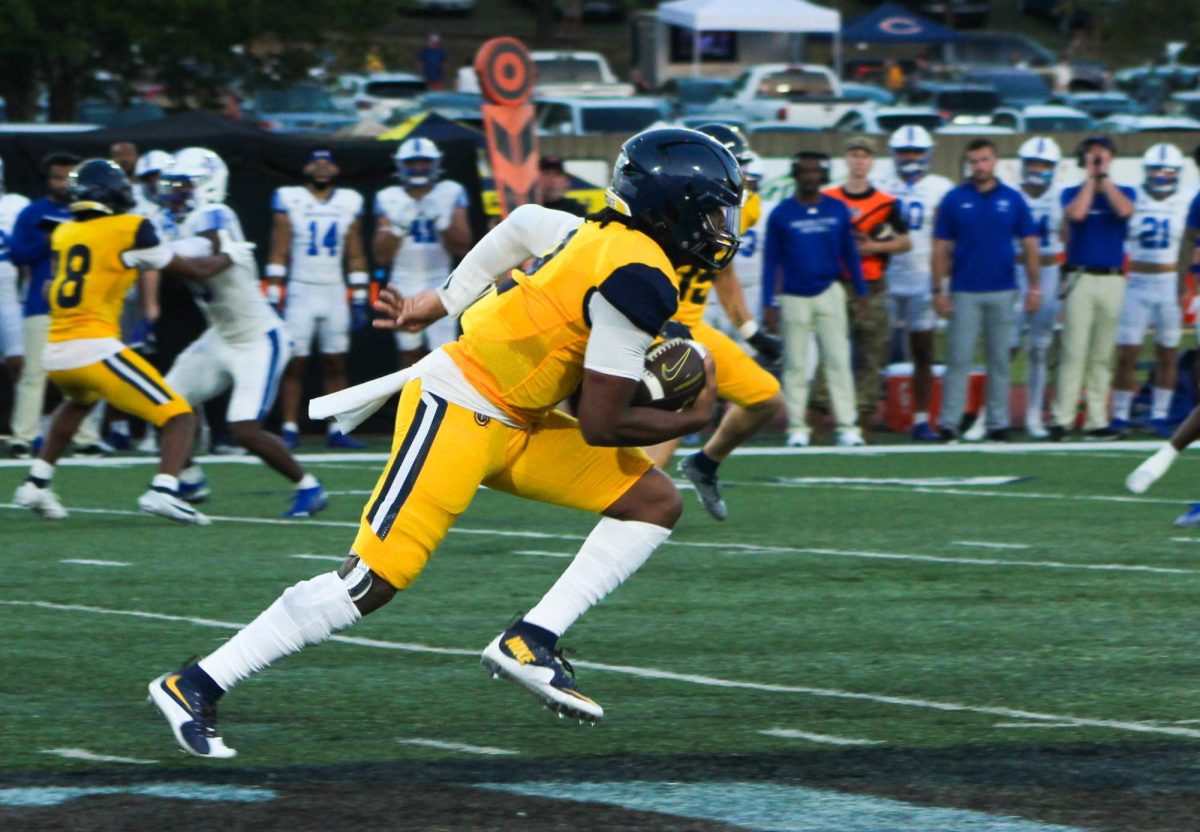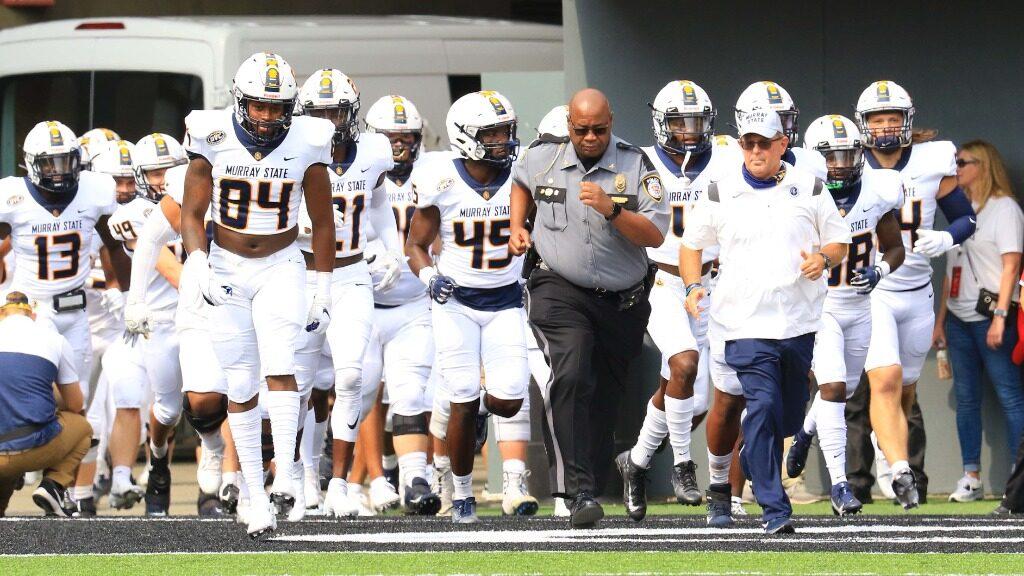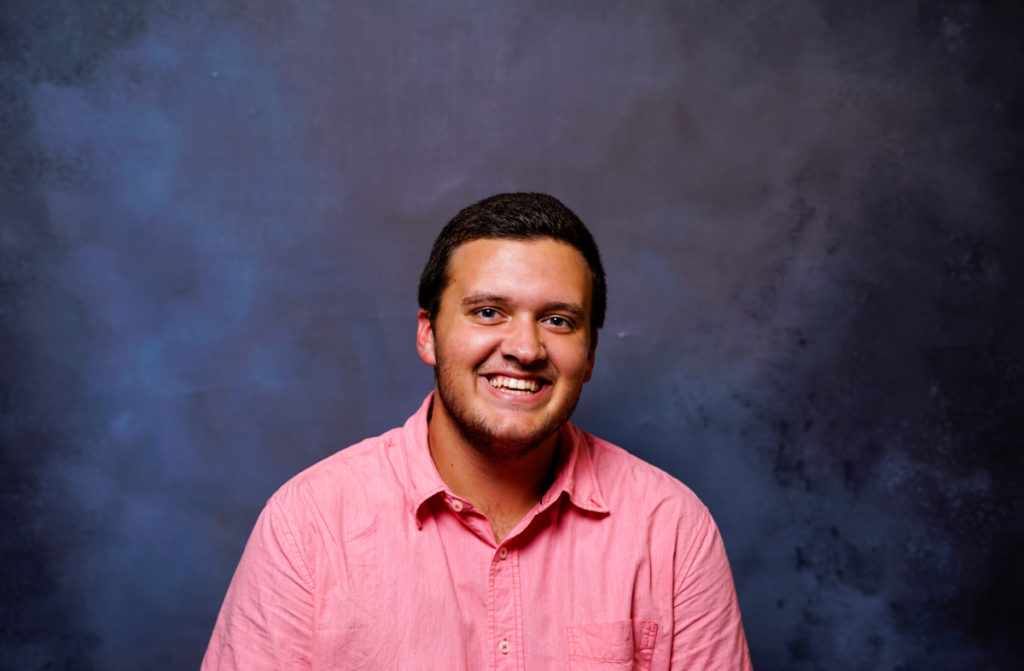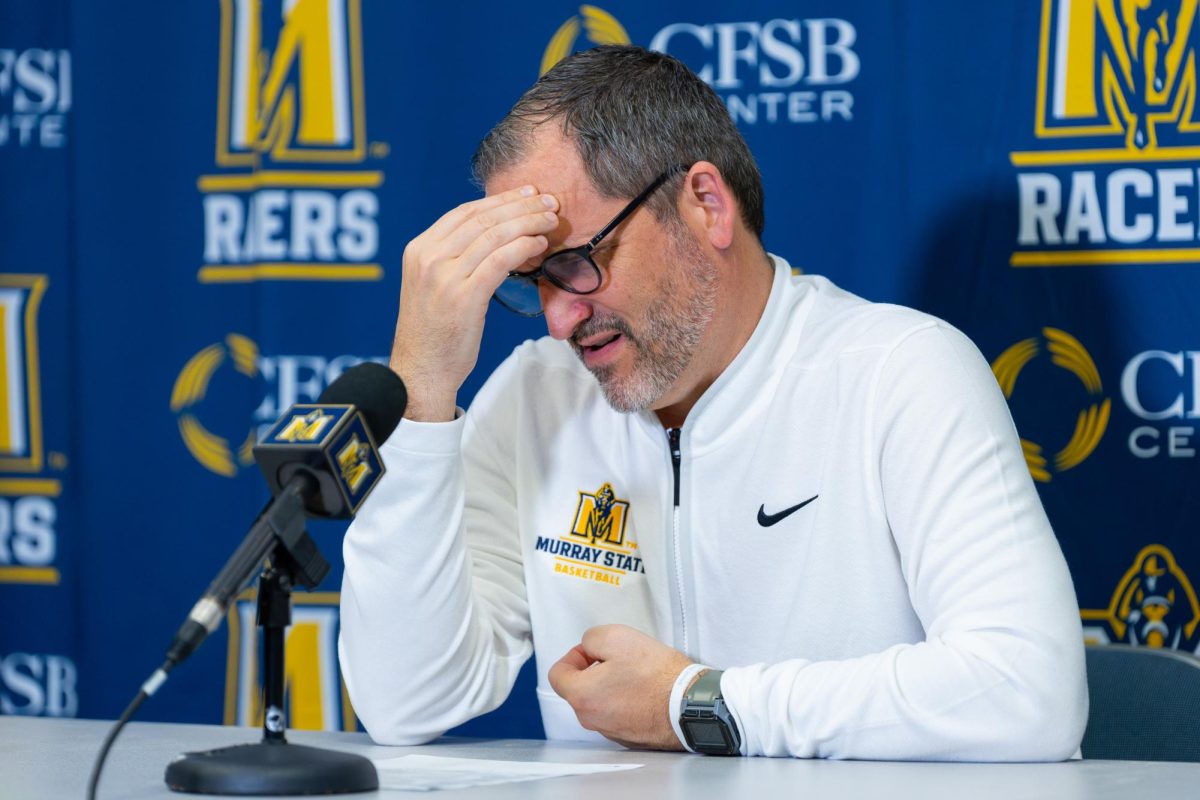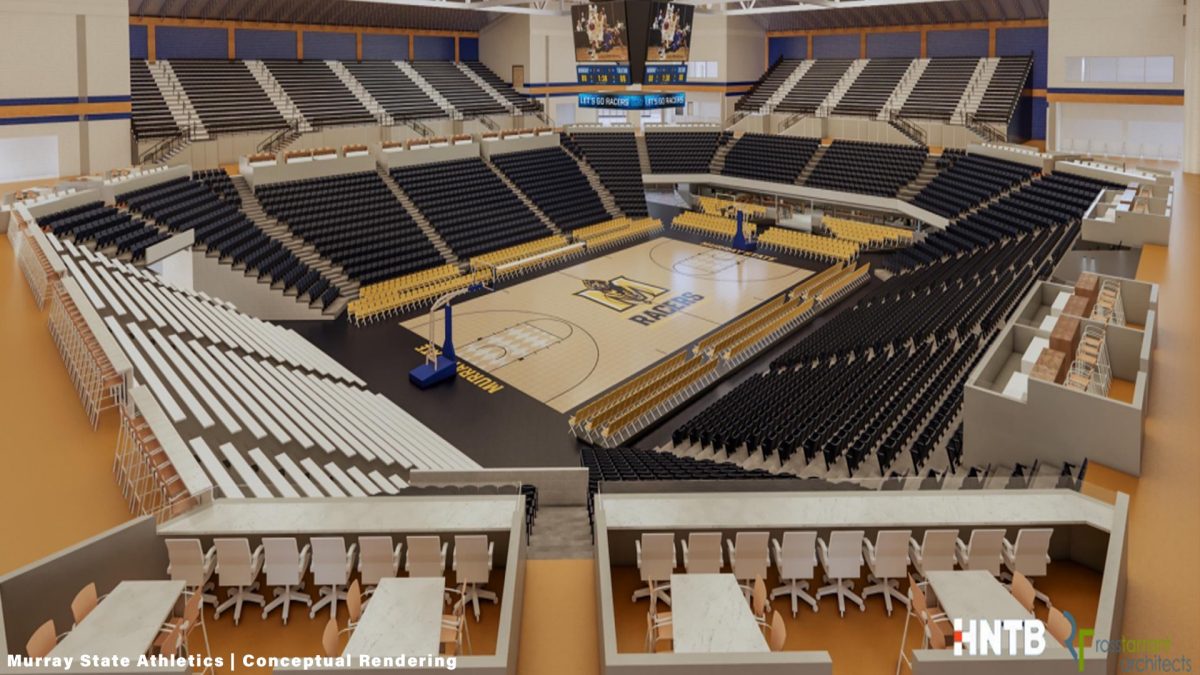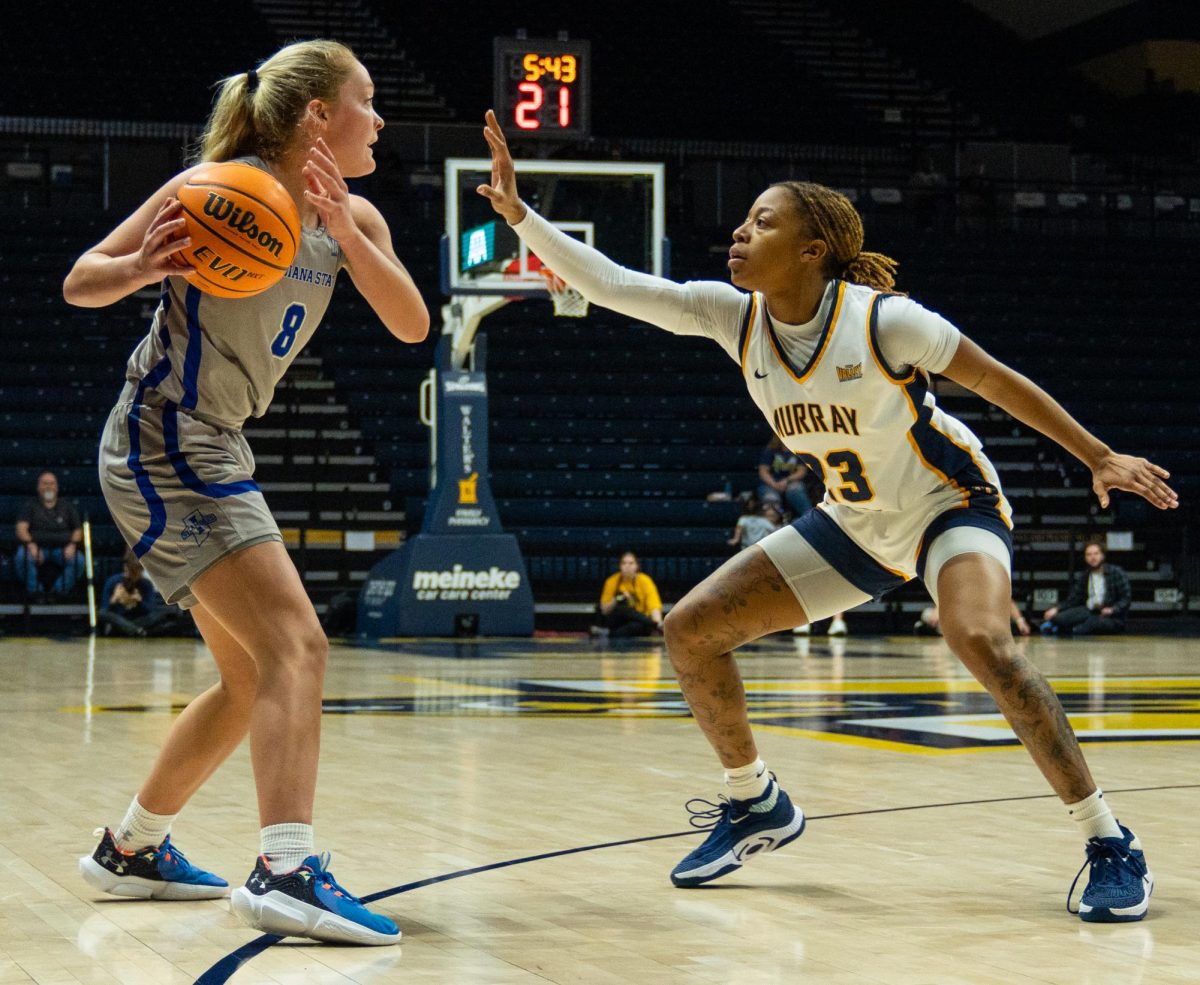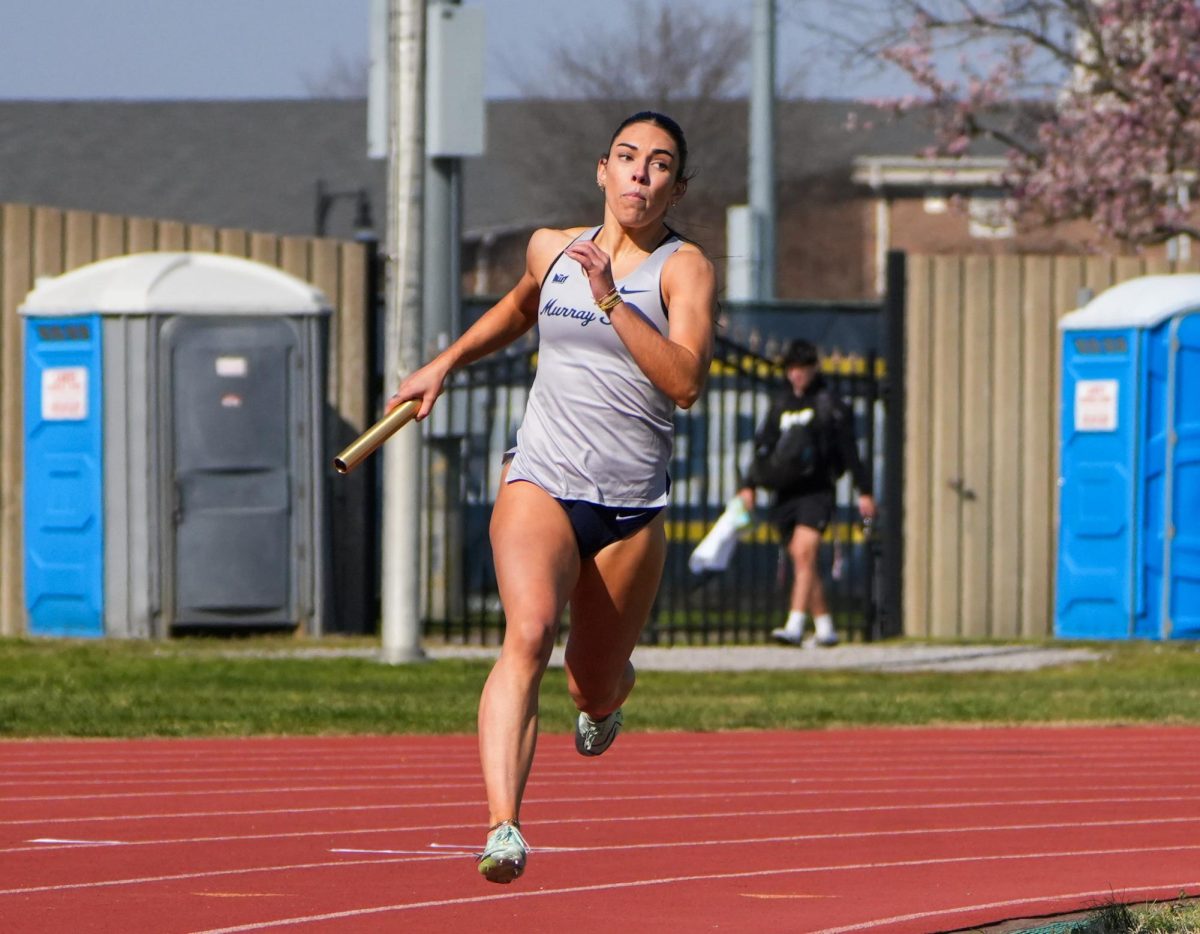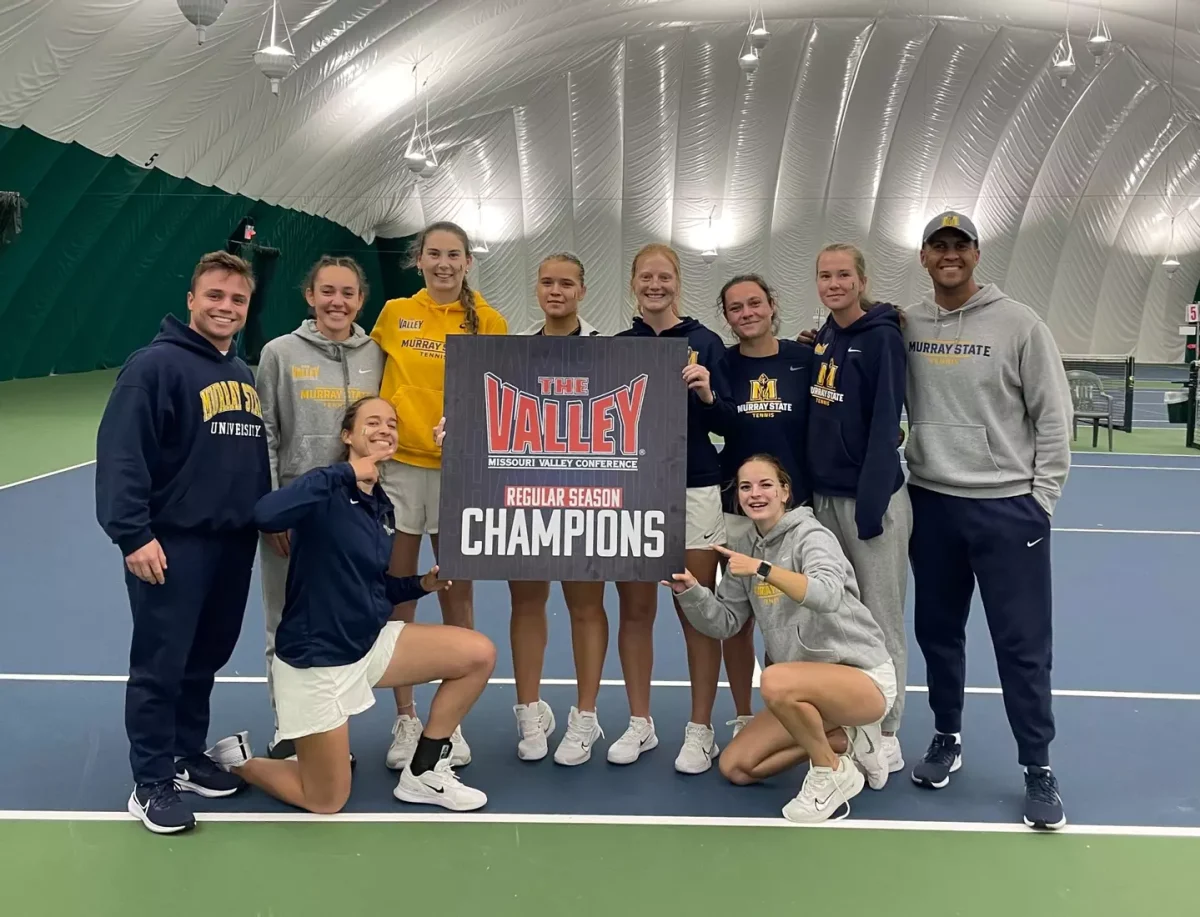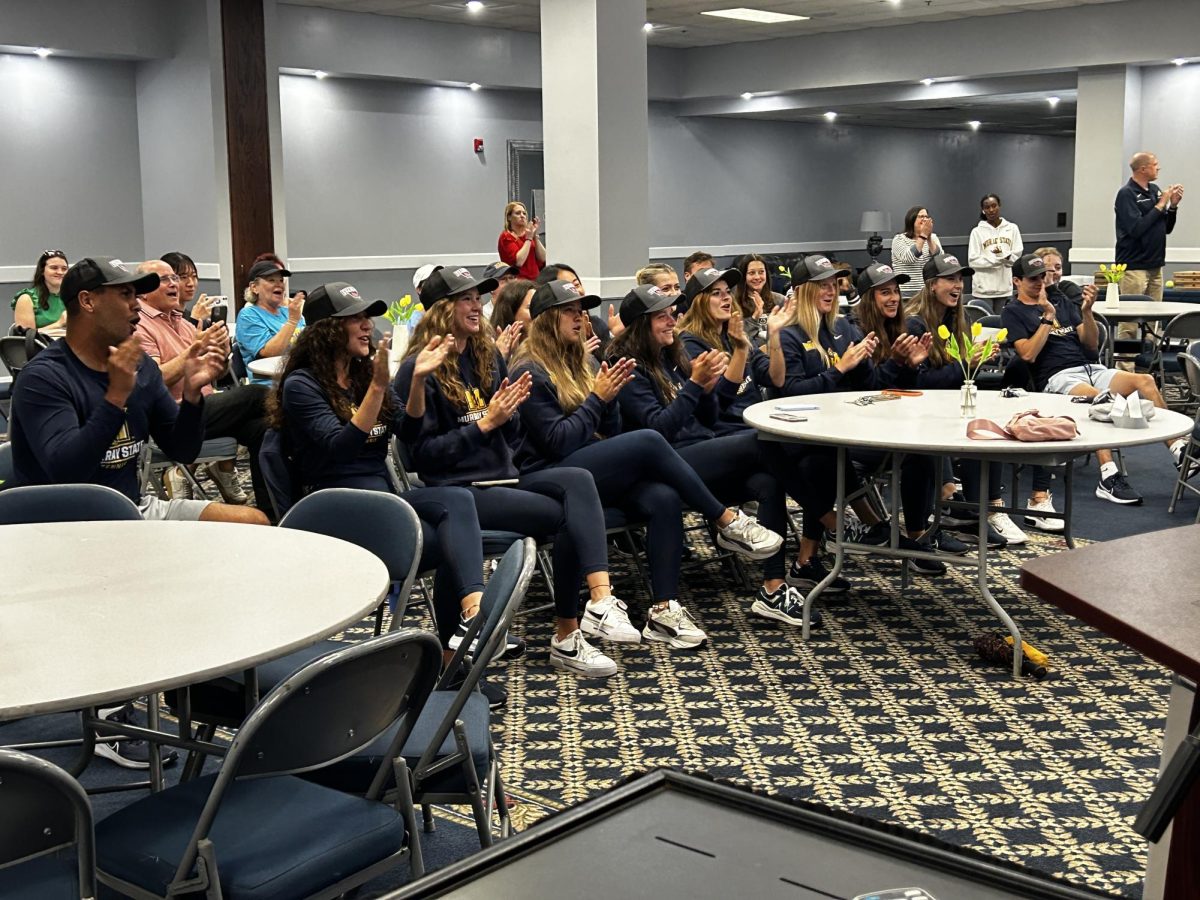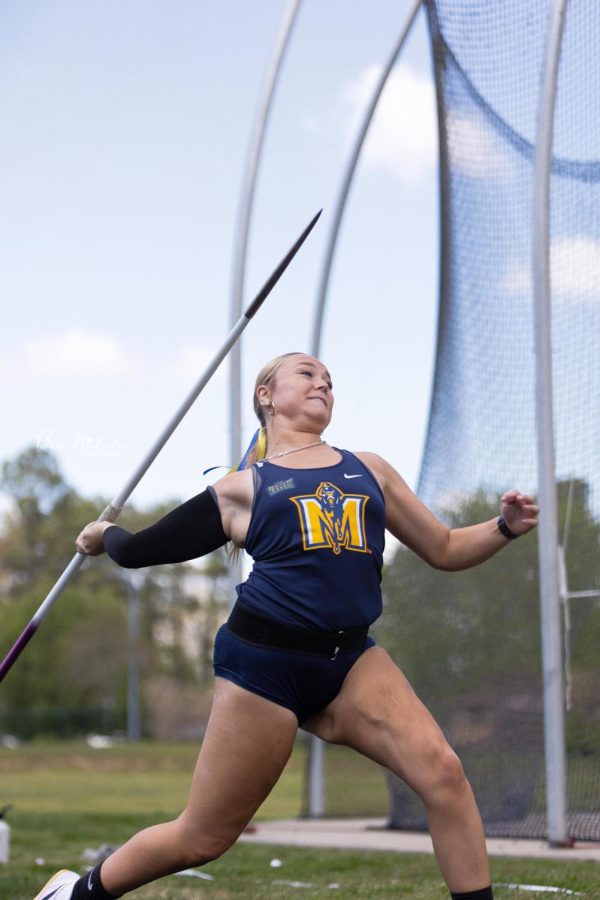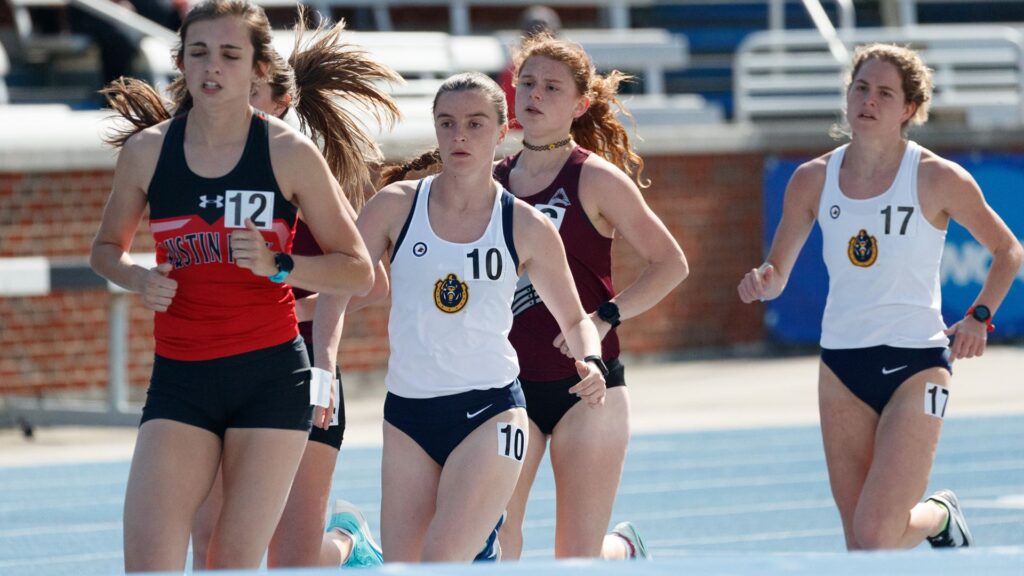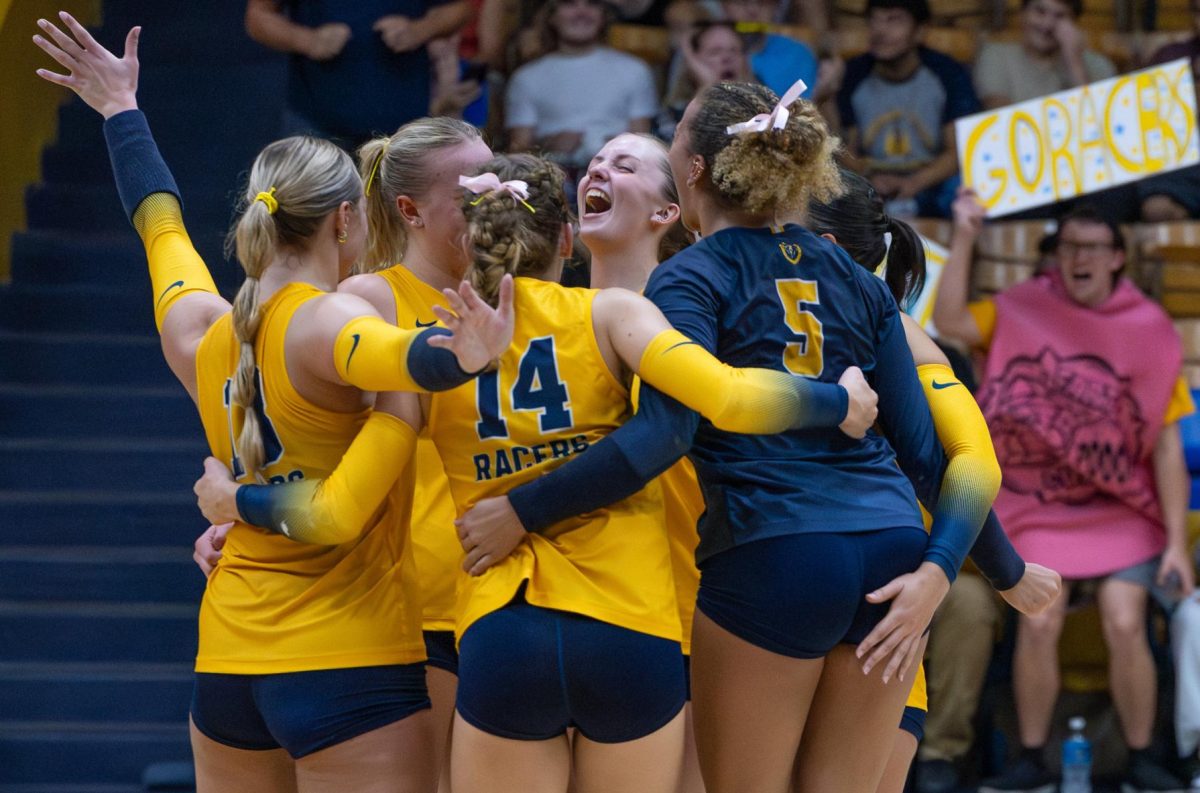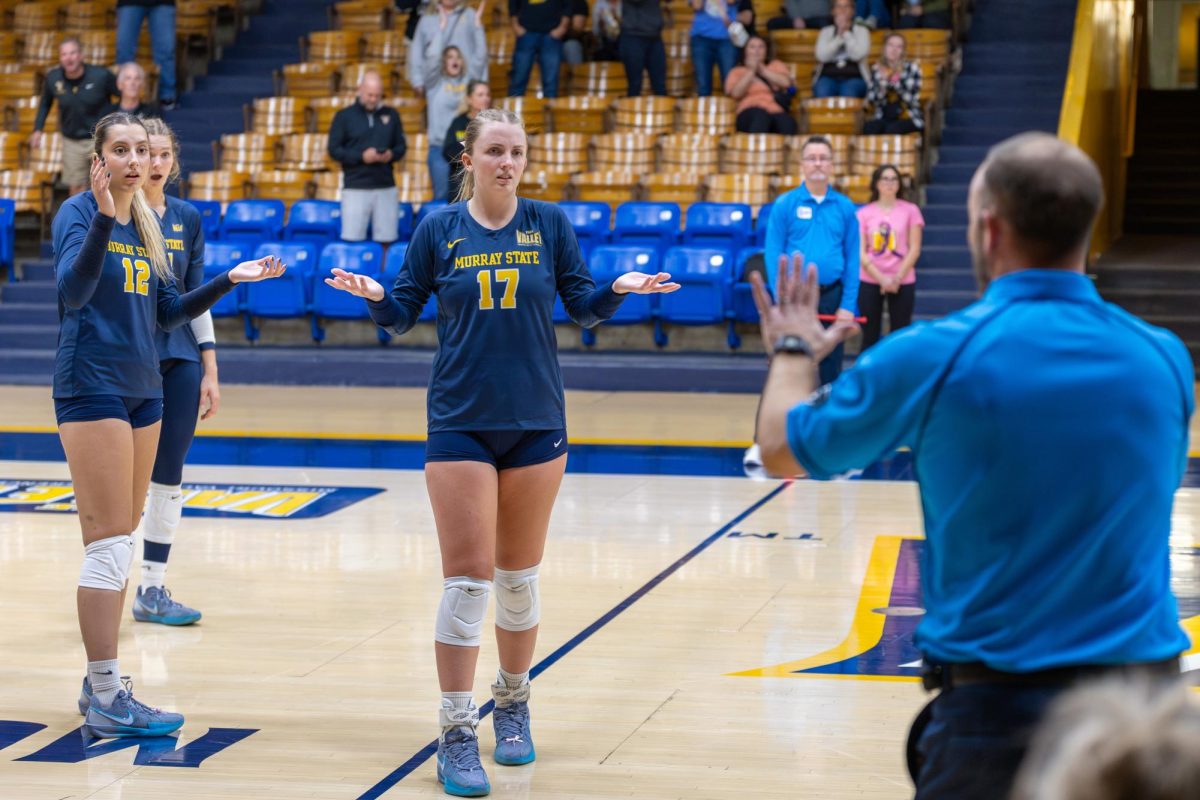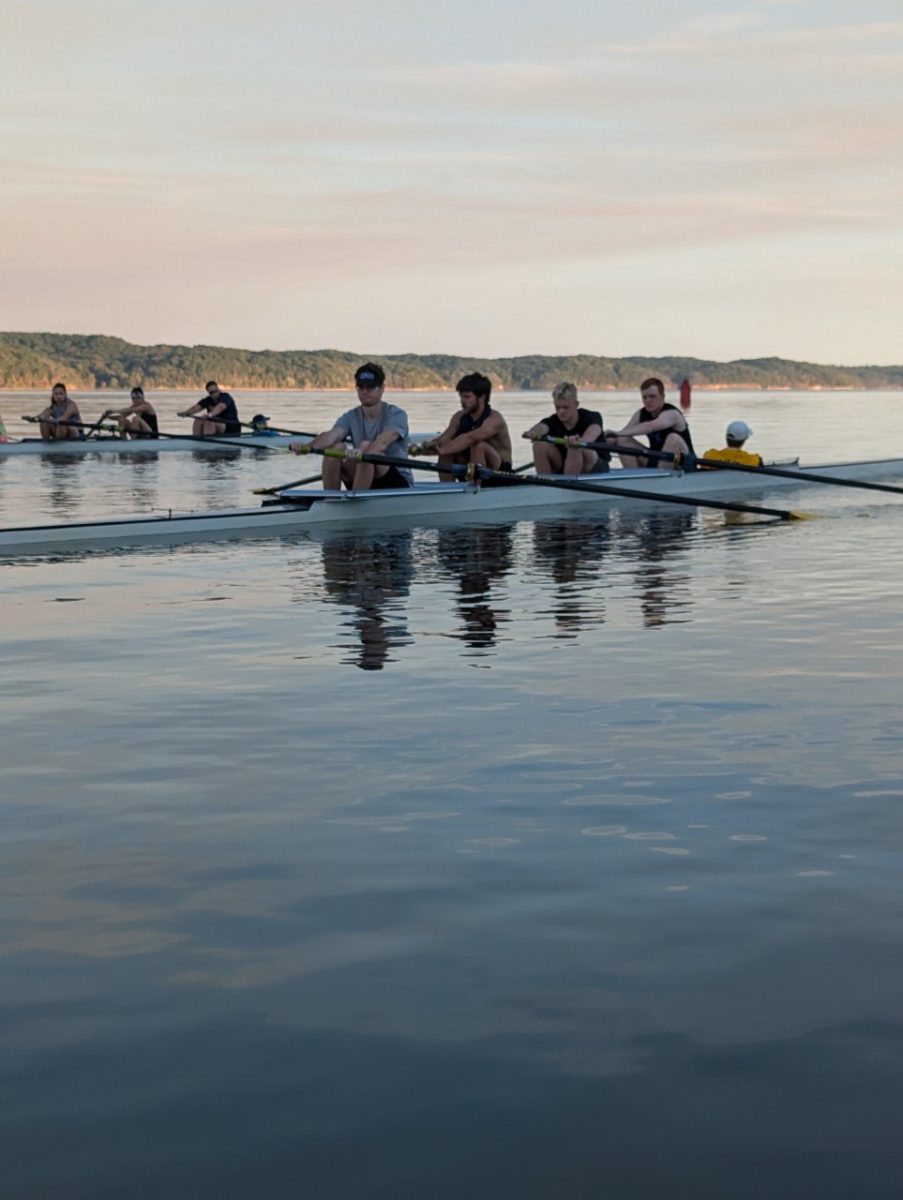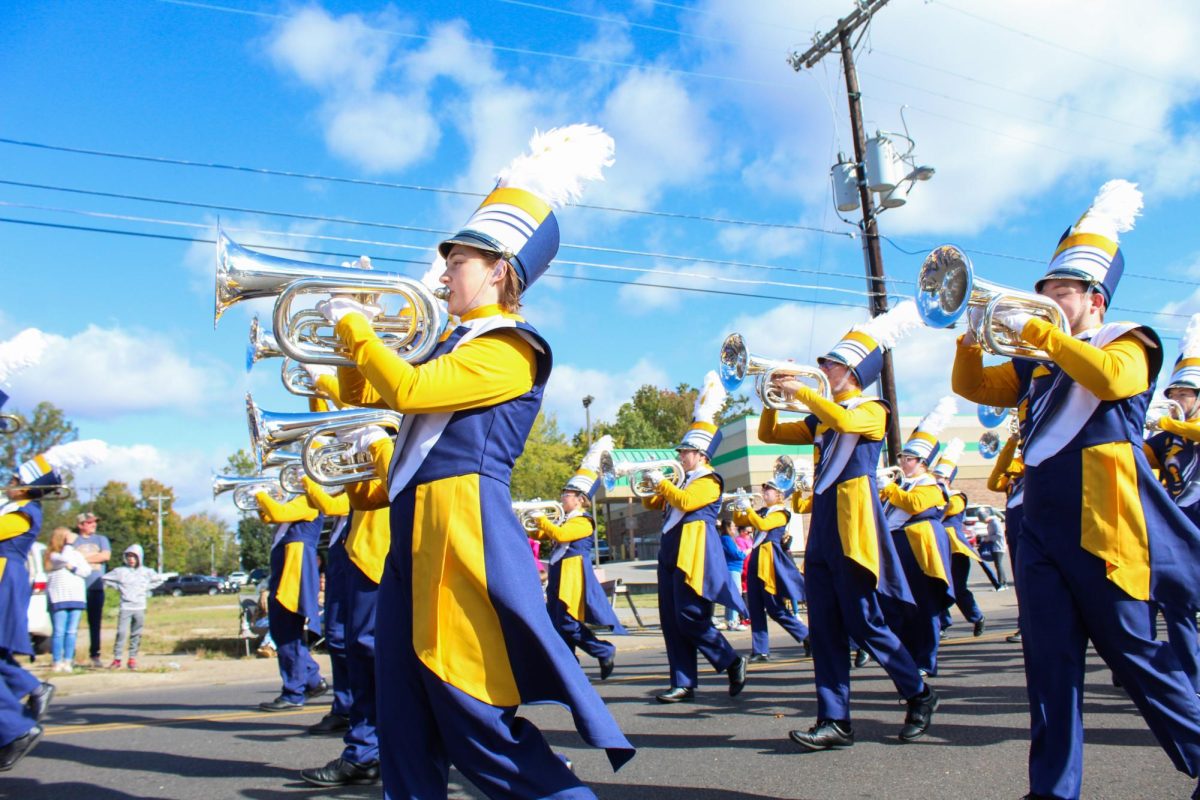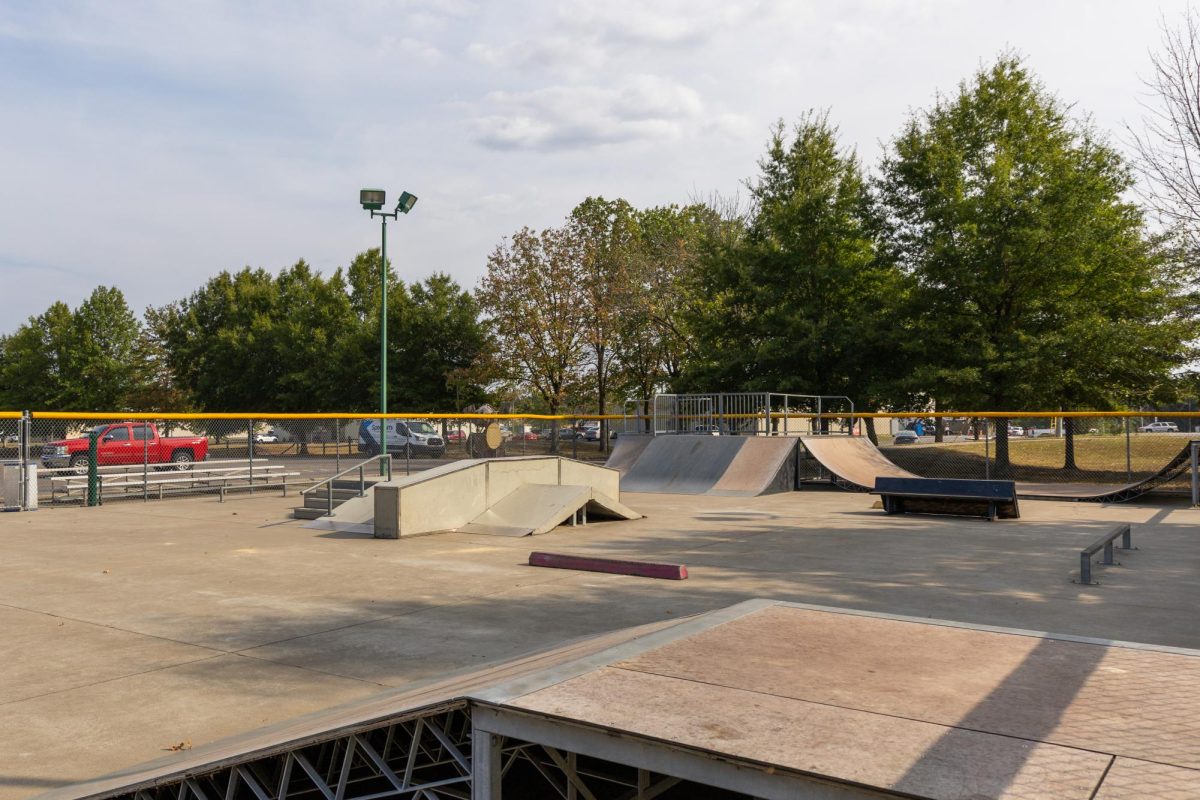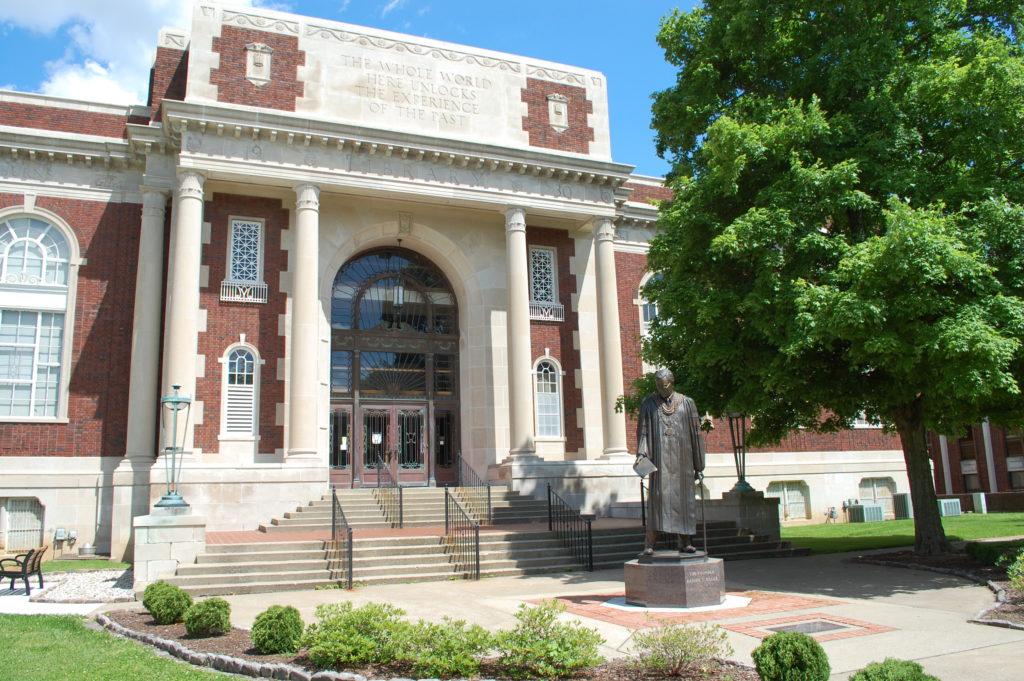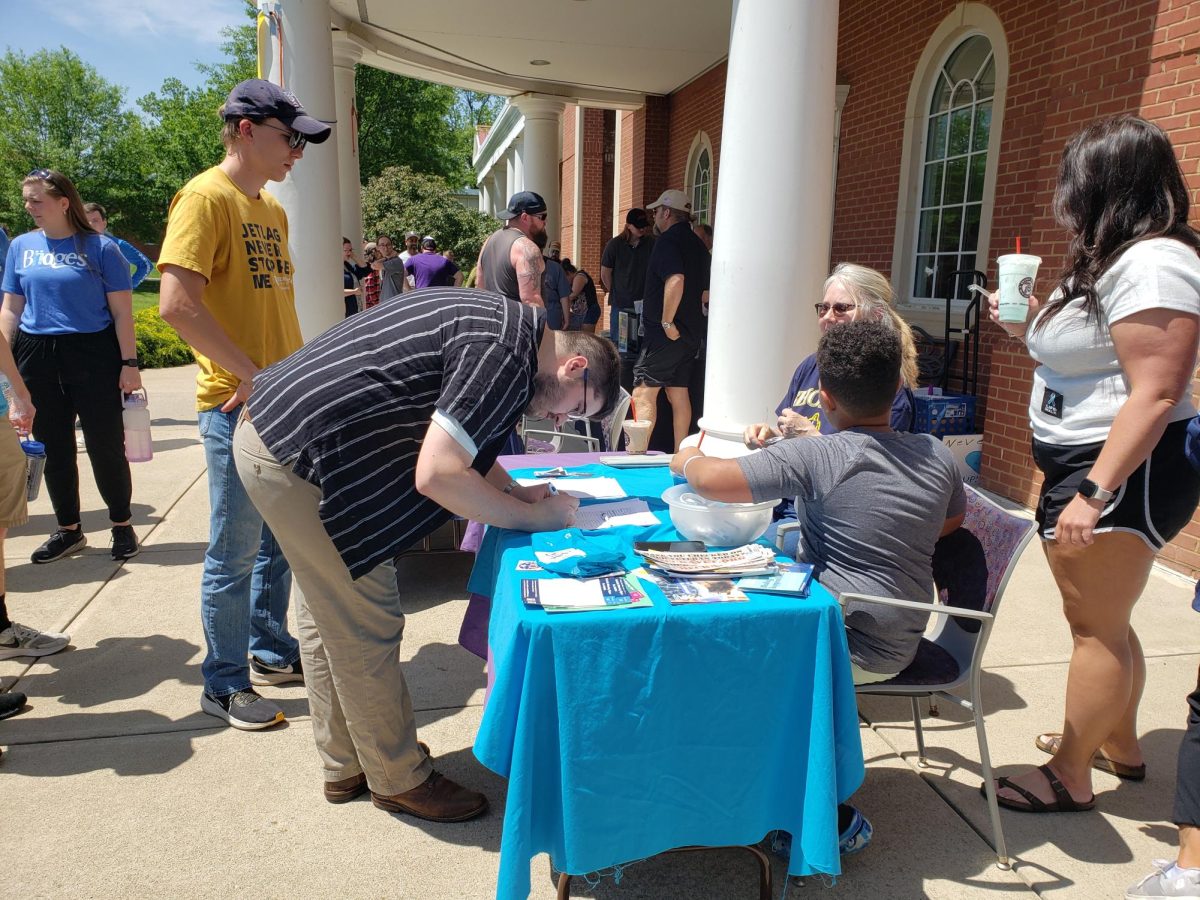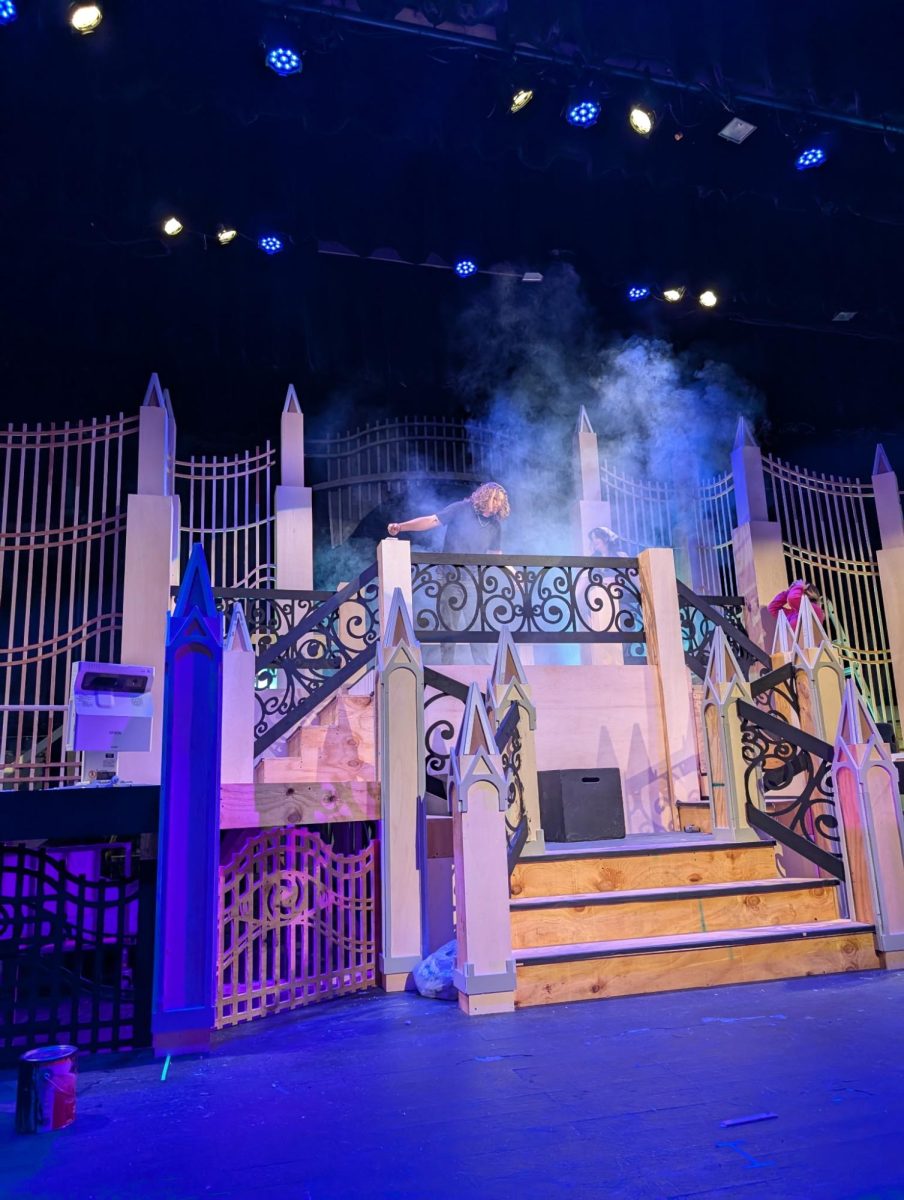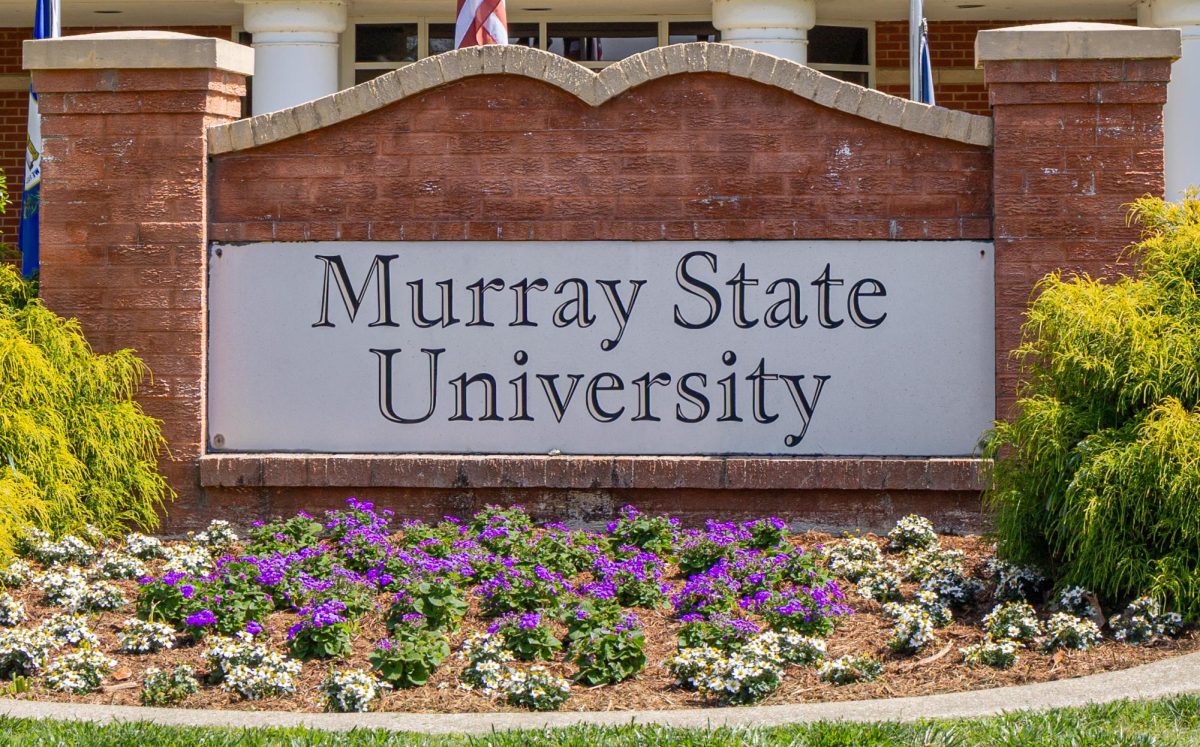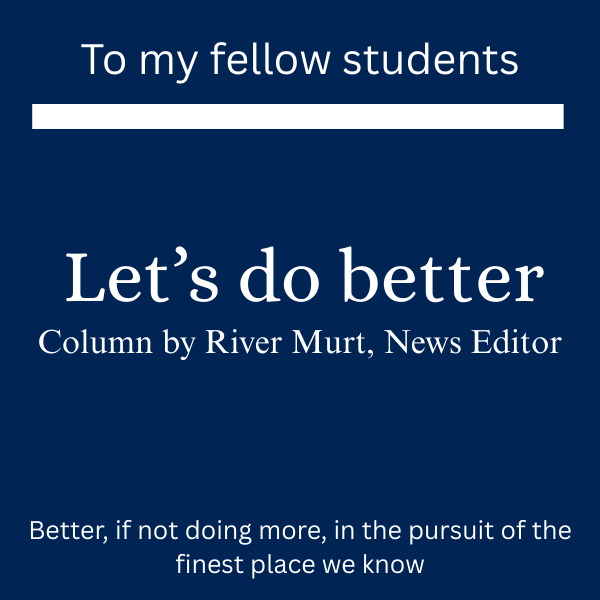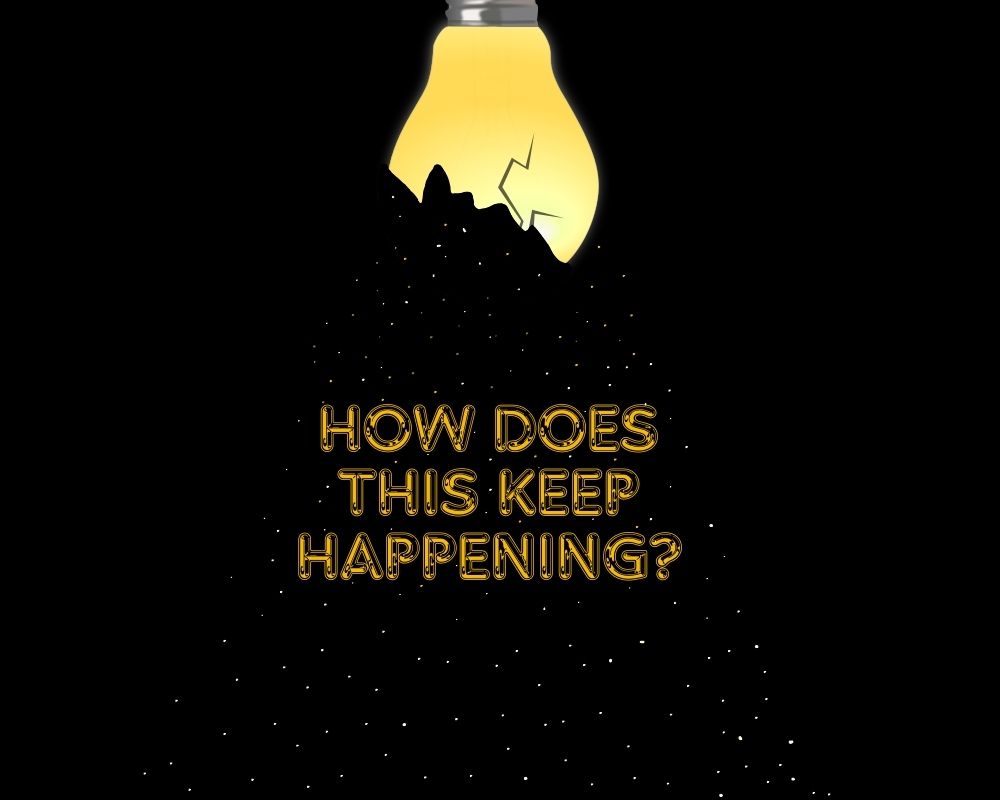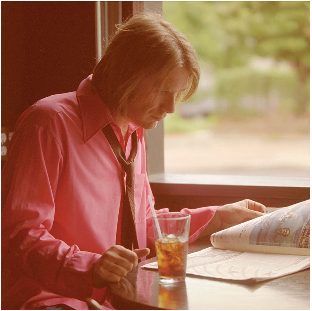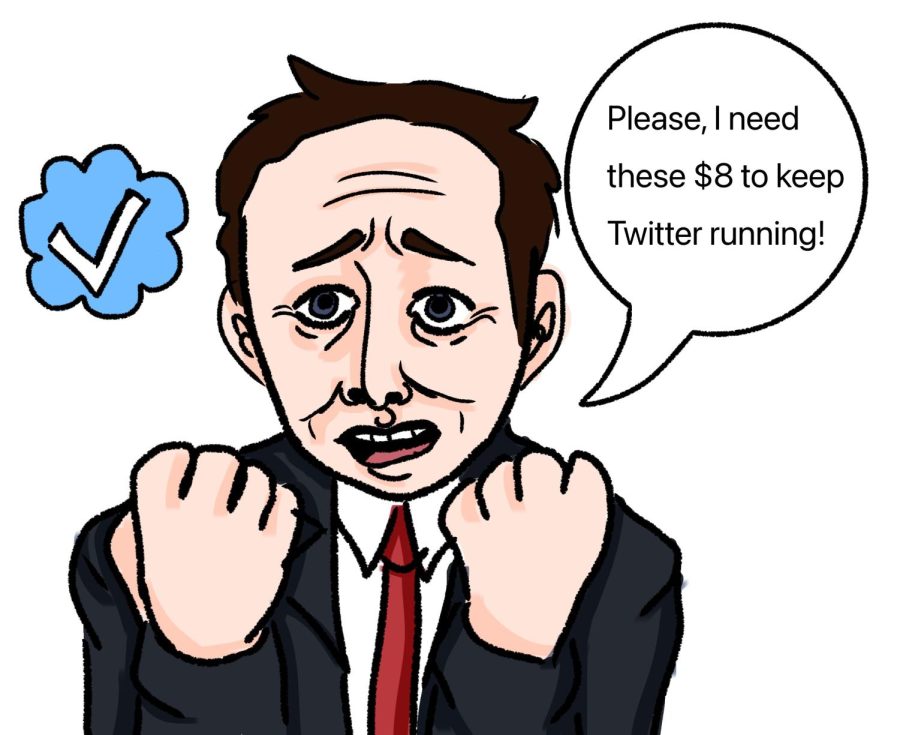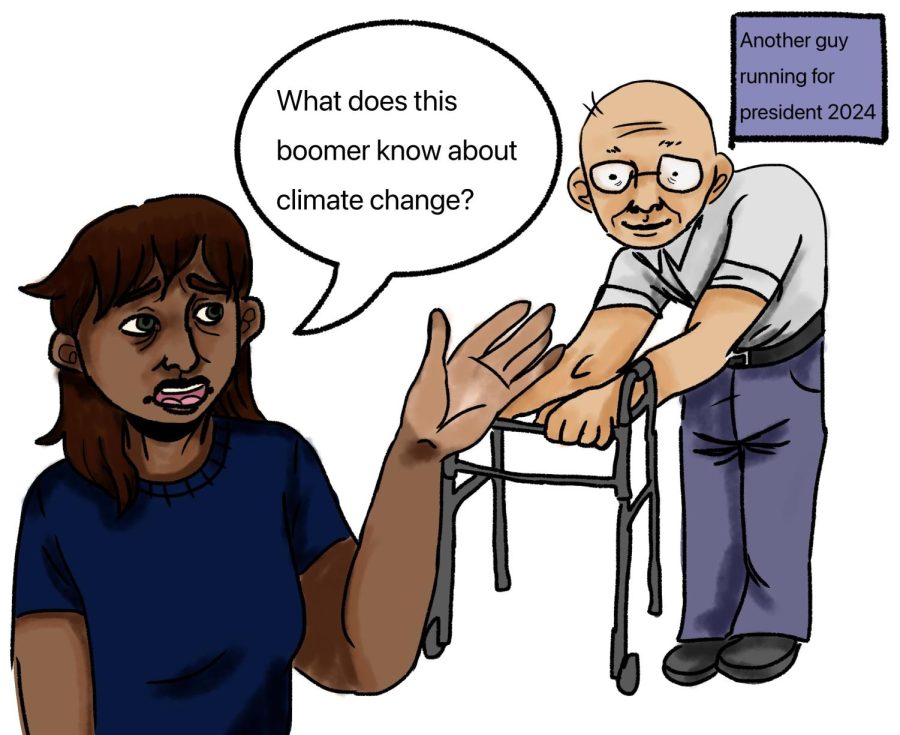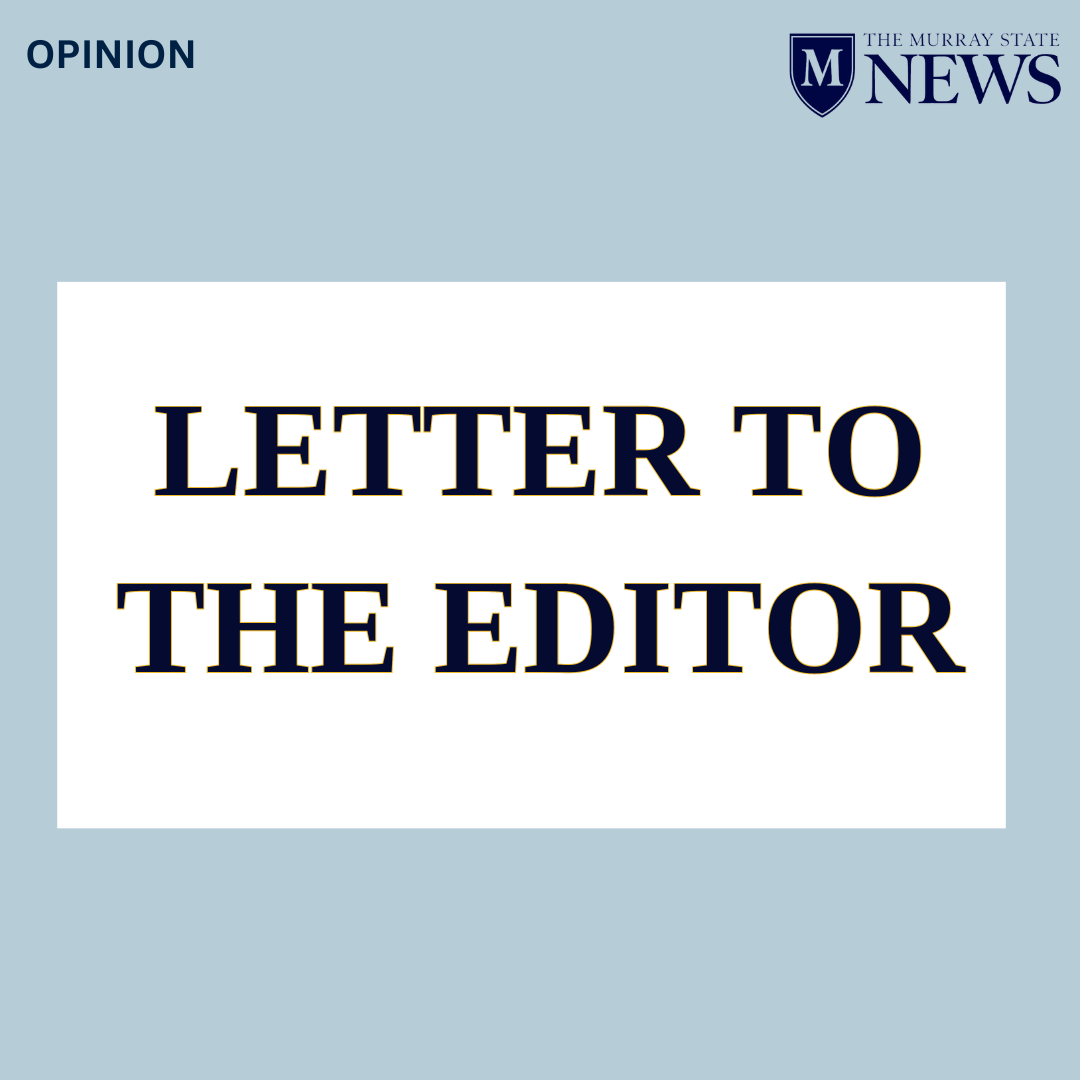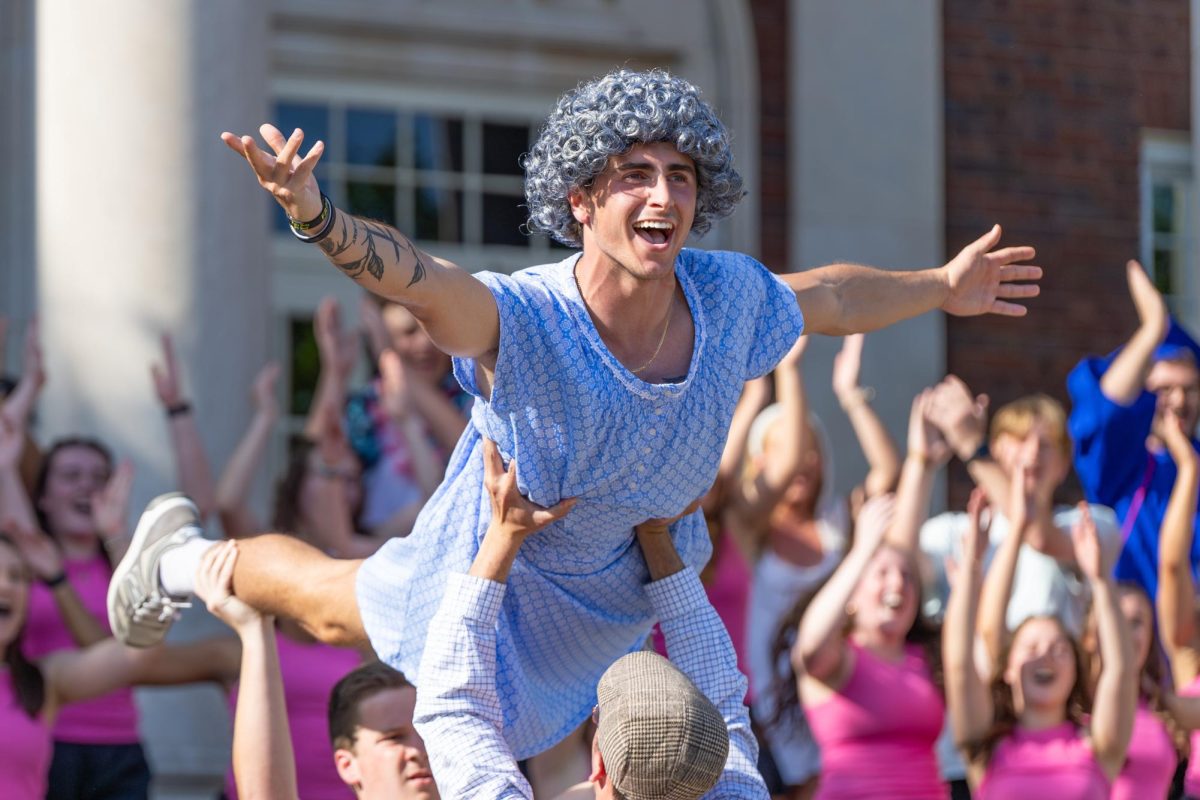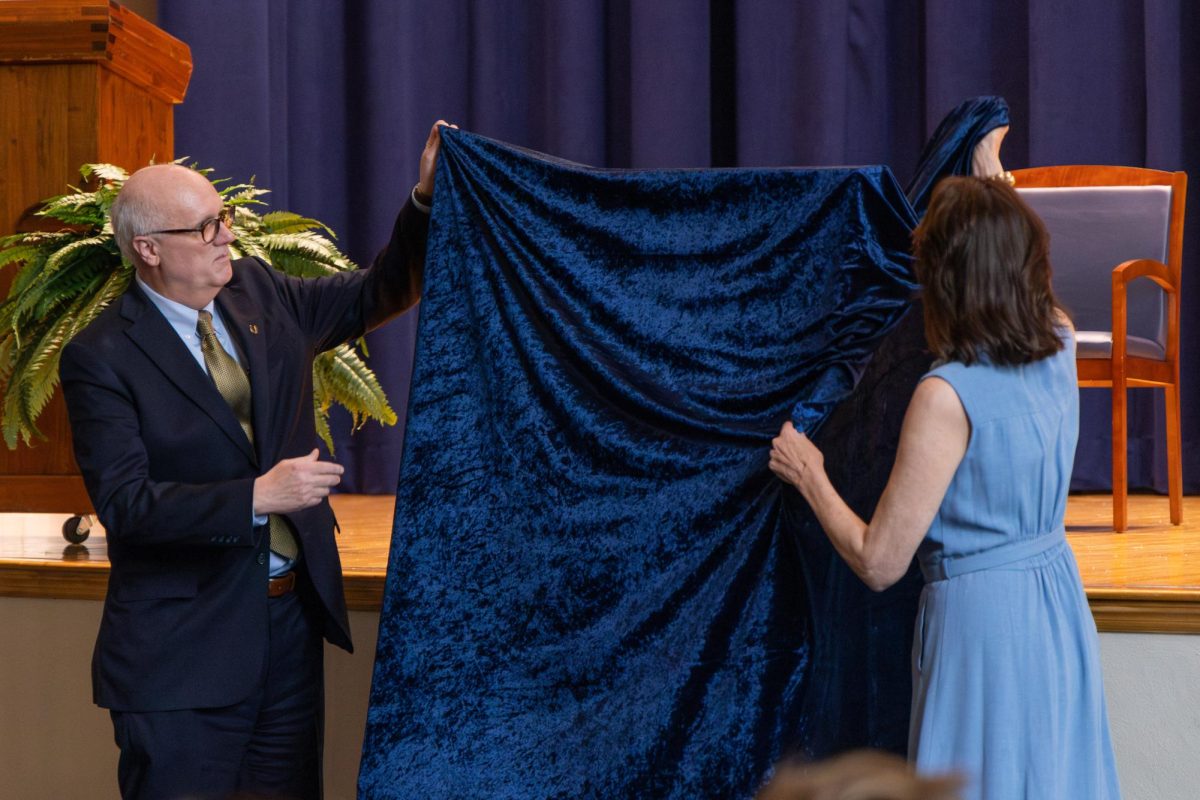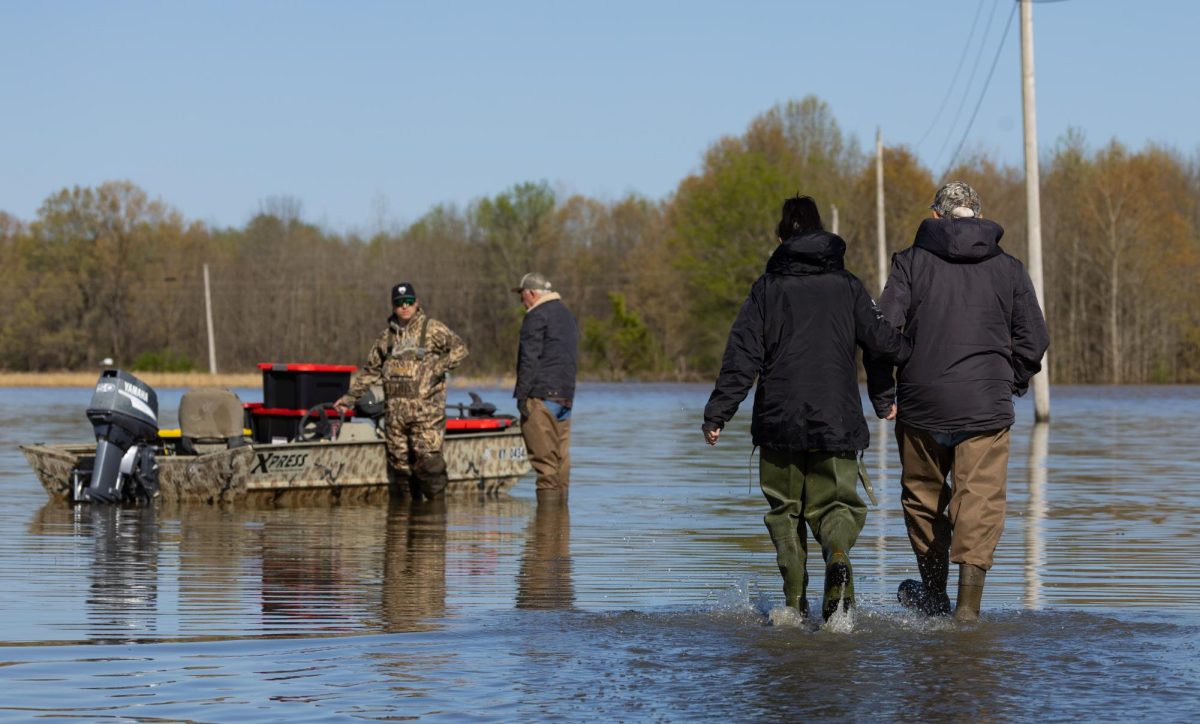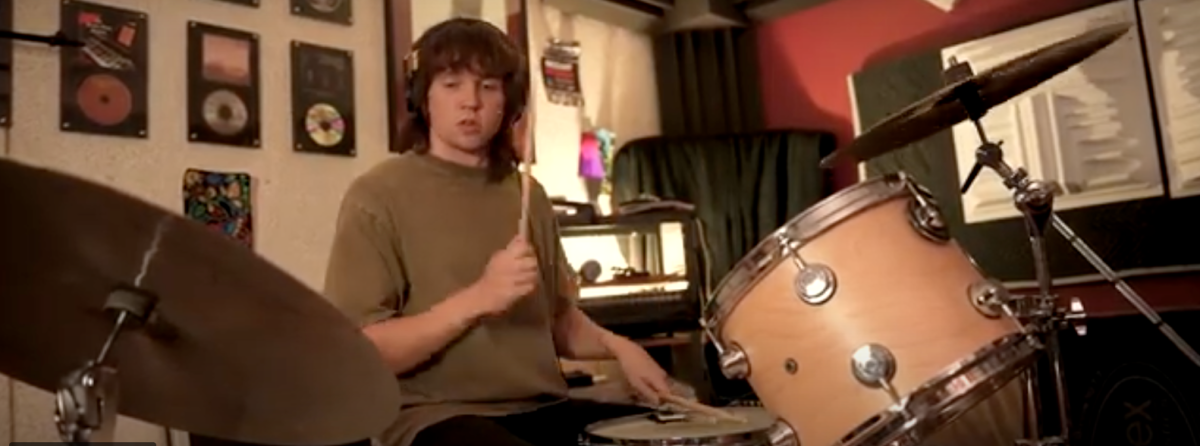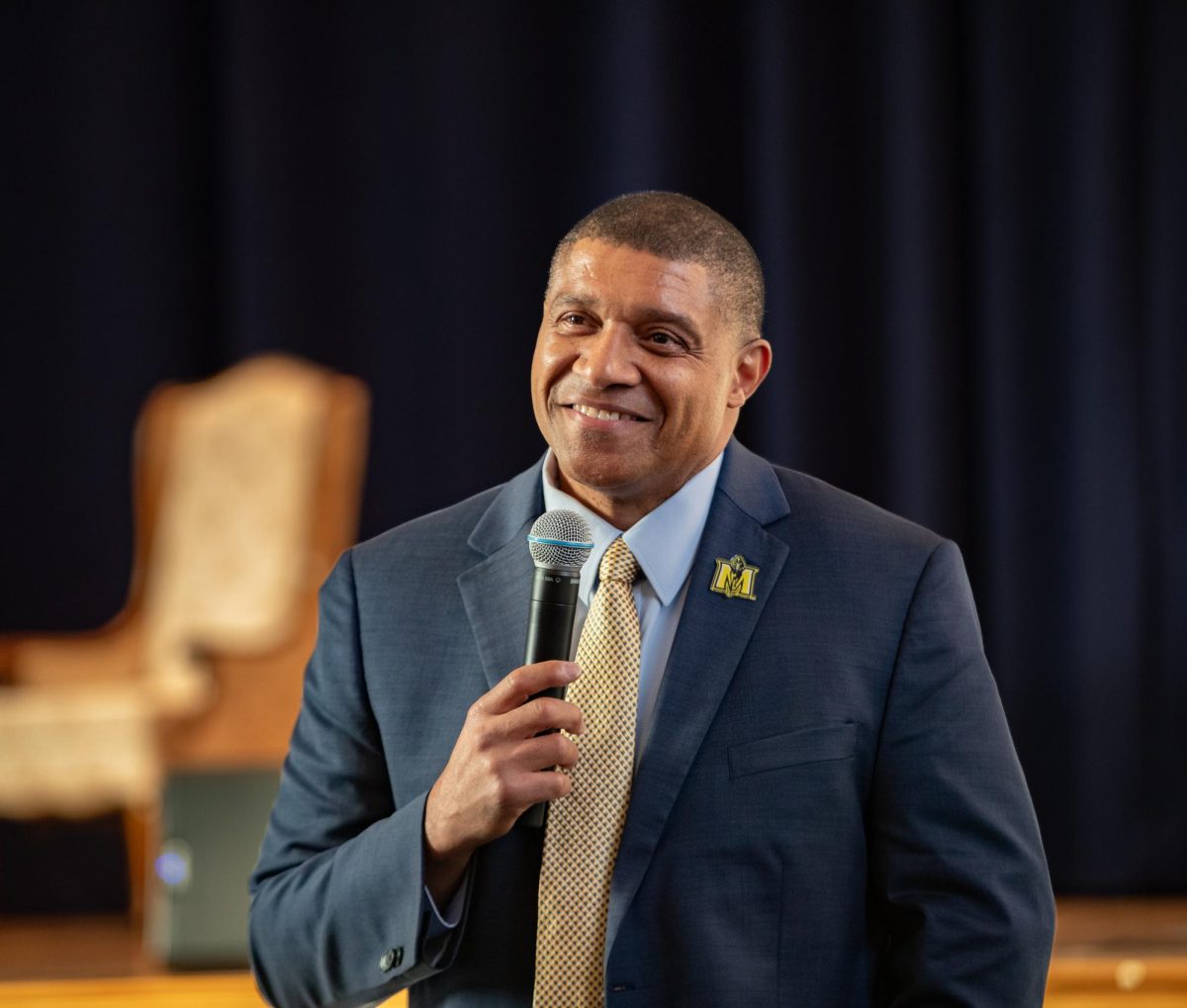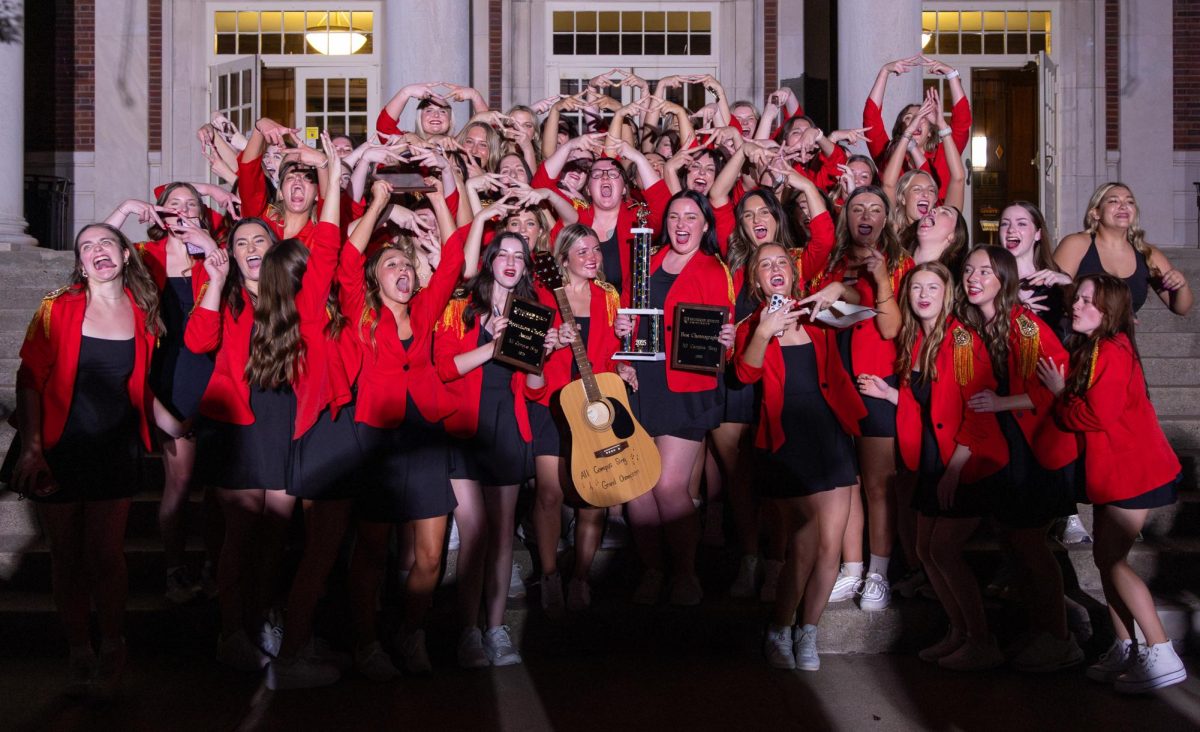Just as Murray State is eager to get to know the recently appointed president, Ron Patterson is just as eager to become familiar with the students as he is coming in with a strong student focus.
More than 100 candidates applied for the presidential position after Bob Jackson announced his retirement on Sept. 30, 2024.
The Board of Regents narrowed the candidate pool to 11 who interviewed via Zoom Feb. 10-11. Four finalists were announced Feb. 11 and visited campus for interviews and open forums. Patterson took the helm as the front-runner of the final four candidates, said Melony Shemberger, faculty regent and associate professor of journalism and mass communications.
“I think he met a lot of our expectations that we were looking for in the next administrator to lead the University. So we just all felt really good about Dr. Patterson,” Shemberger said. “Faculty had mixed reactions to all four finalists, but Dr. Patterson was one who really kind of … was consistent among the faculty, and that they appreciated his candor.”
While the board has spent time with Patterson and gotten to know him, the student body has yet to get the same interactions with him; Patterson said he is excited to change that.
Patterson has worked at various universities, including the University of North Alabama and Chadron State College. He said through it all the goal has stayed the same.
“The titles and the roles were very different, but the focus and the mission and my ‘compass’ or ‘North Star’ has always remained the same, and that’s (the) focus on students,” Patterson said.
Patterson was a first-generation student athlete who was awarded a scholarship opportunity to play basketball in college. He said now his passion is about giving back to students with access and affordability.
“(I want to make) sure that their student experience is one that they can always call back on fond memories and be great ambassadors for the institutions that we serve,” Patterson said.
One avenue Patterson has found to accomplish this goal is by playing basketball with students at the universities he works at.
Not only was he the assistant men’s basketball coach at Marietta College, but he is currently around nine weeks post-surgery after rupturing his achilles tendon playing basketball with students at Chadron State.
Patterson said although he cannot play basketball with the students at Murray State, he plans to find ways to connect and engage with students that don’t relate to sports, including meeting with students, working alongside academic leaders and attending academic program events.
He said it is necessary to manage time wisely.
“(You have to) do your very best to be as visible as possible, and so that others know that (their) president is there, and you know me by name, and you know what I look like,” Patterson said.
Not only does Patterson have a passion for basketball that fuels his student objective, but he also has a strong Diversity, Equity and Inclusion focus. Patterson was the founding vice president for DEI at the University of North Alabama, and the details of his career can be found in his curriculum vitae.
Patterson said basketball was impactful to him as a student, and DEI is a way he can now impact other students.
“Basketball has afforded me those opportunities and philosophies, and I just carry them forward through my job, duties and responsibilities,” he said. “I always look at it from a servant and a team perspective. How can we get better? And how can we serve each other better as we lead the institution?”
Kentucky lawmakers recently passed a bill prohibiting DEI initiatives at public universities. Patterson, though, said he remained hopeful for Murray State and that it is a great time to be a president in higher education.
“It’s a wonderful time for us to really think back to our roots as human beings in terms of being socially responsible and civically responsible to our communities as well,” Patterson said. “And if we can maintain that as our framework and foundation and always leave with respect—the sky’s the limit for us, right?”
Patterson said continuing to remain centered around students, teaching and excellence will constitute success. He said DEI is going to look different, and Murray State must be open to what that might be.
“As long as we’re equitable and fair to all constituents—no matter who they may be—across all ethnicities, students, faculty and staff, we will have a wonderful welcoming environment as an institution, and people want to flock to that,” he said. “That’s what we want to have, and we’ll continue those positive trends and opportunities as we lead the institution forward.”
Patterson said the same elements of DEI will remain, but it simply won’t be called DEI.
Patterson’s ambition for the University’s future also stood out to the board during the election process.
Shemberger said Patterson continued to point back to the strategic plan while answering questions.
“He kept pointing back to ‘We’ve got to be guided by our strategic plan, and our vision and our mission,” Shemberger said. “And I think that’s key, because when you have those pillars in place, then you are able to know what you need to do to move the University forward.”
Shemberger said not everything is clear-cut, and Patterson has the humility to admit he doesn’t always know the answer.
“He has a lot of trust in the process, and he has a lot of trust in the people,” she said.
While Patterson will not begin his role as University president until July 1, he has already begun working with Murray State to generate plans.
Brendan Hawkins, Student Government Association president and student regent, said Patterson’s humility, authenticity and personability all stood out to him, making him a qualified candidate.
“(Patterson) has already begun looking at these things and ways to improve campus,” Hawkins said. “And there weren’t really any other candidates that came in and had as concrete of (ideas) on how we need to improve what we’re already doing.”
Hawkins said as the student regent and SGA president, he hopes Patterson will be a president as well as a friend.
Hawkins said because of the recent veterinary school bill, Jackson has not been able to be present on campus as much. Hawkins said he hopes it is different with Patterson.
“I would love to see him out being seen by students,” Hawkins said. “I would want every single student to know who Dr. Patterson is—know his name, know his face.”
Hawkins also said because of the deep roots of success Murray State has, there is hope for Patterson as he enters into the presidential role.
“Having someone who can utilize that potential, who isn’t coming in planning to change everything, but looking at (it as) this strong foundation— I don’t really have to worry,” Hawkins said. “(We) can build upward from that, and I think he’s very much the kind of person that can do that.”
Not only does Patterson have aspirations for the campus of Murray State, but for the surrounding community as well.
“I want to step right in and be a willing partner, a willing listener and an active participant in all things related to Murray State University, but also as we partner and collaborate with the city of Murray and the surrounding 18 counties that we serve as well,” Patterson said.
He said his specific role will be focused on being active and visible in the community, engaging with and traveling to the counties the University serves.
“Whether it’s visiting those high schools, meeting with those superintendents, those K-12 principals, the high school guidance counselors (and) meeting with the leaders in terms of business and industry within those communities—I will be doing all of those things,” Patterson said.
He said he also plans to be present in the central part of the commonwealth as he works with legislators in Frankfort.
“(I want to ensure) that I’m highly visible, that I’m an advocate and champion and a wonderful ambassador for Murray State University,” Patterson said.
During the first 120 days as president, Patterson said he intends to take a “listening tour” in which he can hear from students and other constituent groups on campus.
“And what we’re going to do is we’re going to develop a shared vision for the institution, whether it’s talking about enrollment, whether it’s talking about academic development and workforce readiness programs, whether it’s talking about improving our infrastructure with some of our residential colleges and academic facilities,” he said.
Shemberger said she believes Patterson has a great open-door policy for dialogue, and she feels confident he will continue to uphold this throughout his term as president.
“I think the relationship with him—between faculty and his administration—is going to be an amazing one, and I’m really eager to see what he does,” she said.


